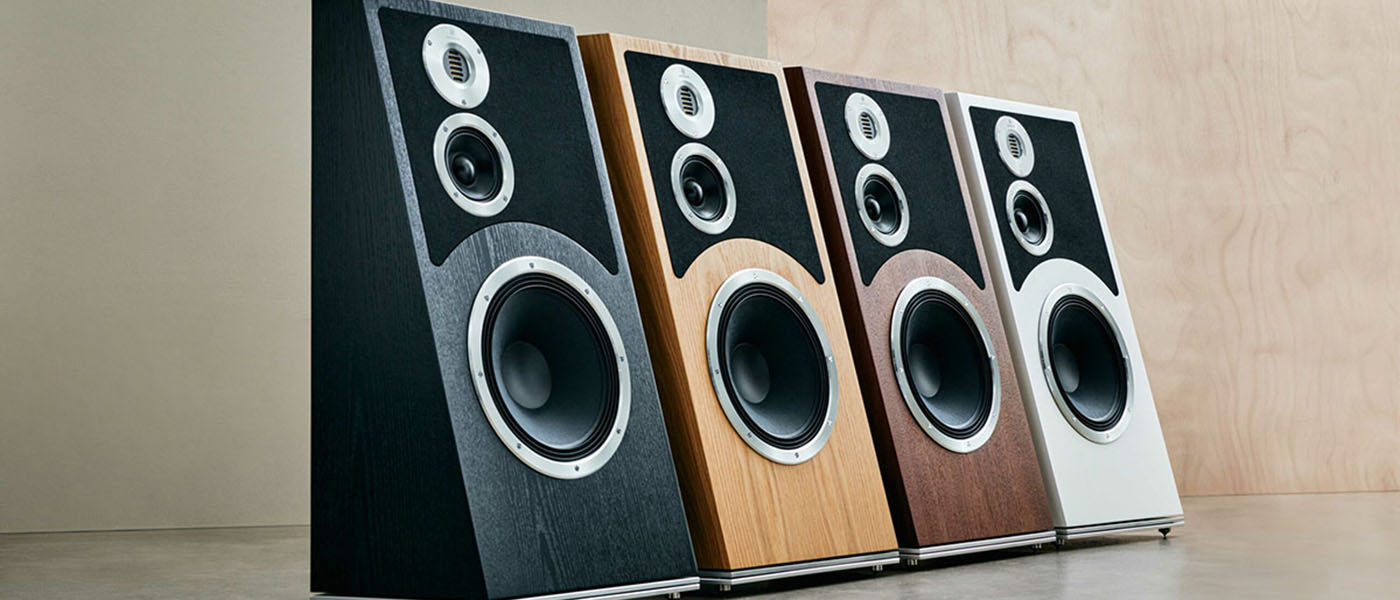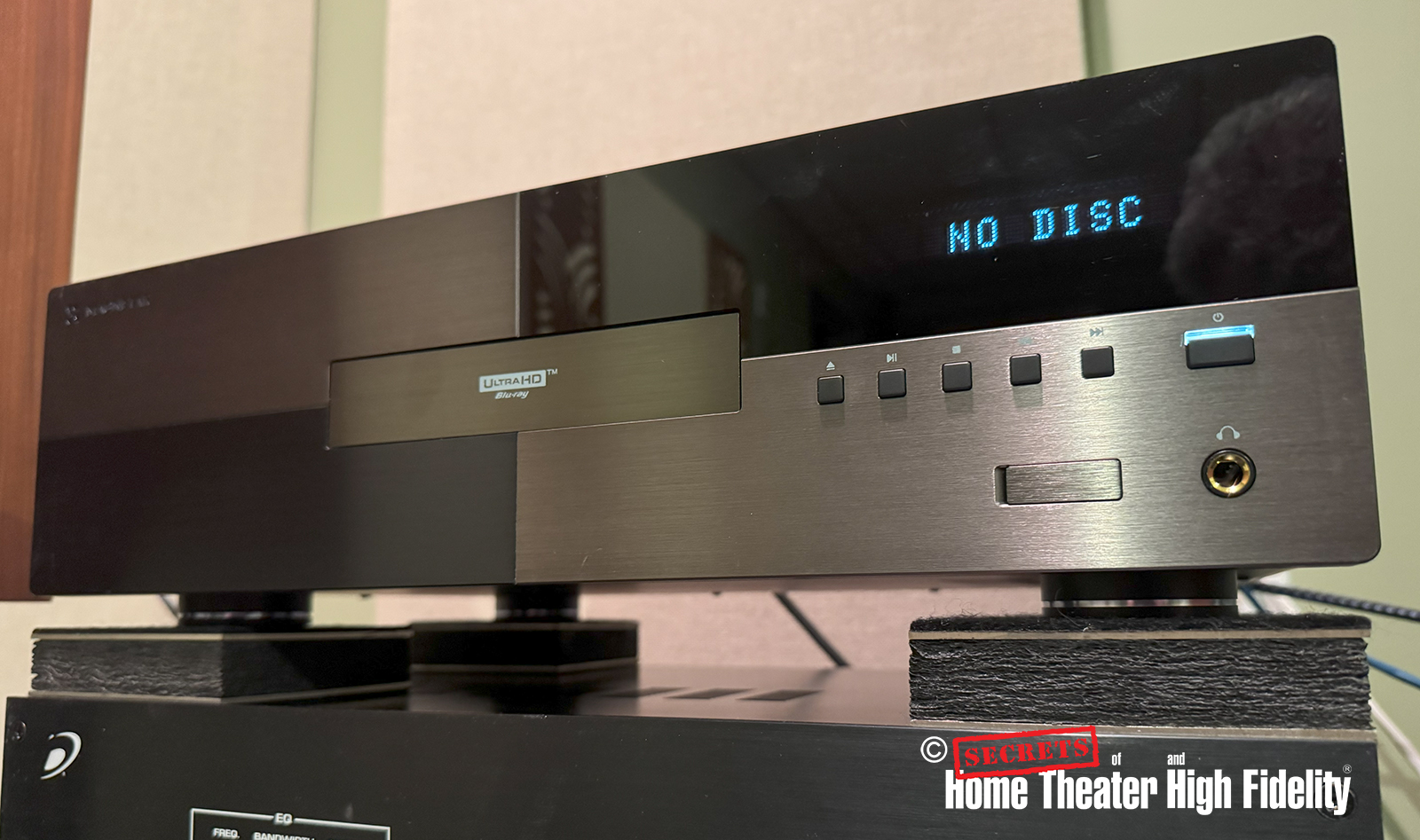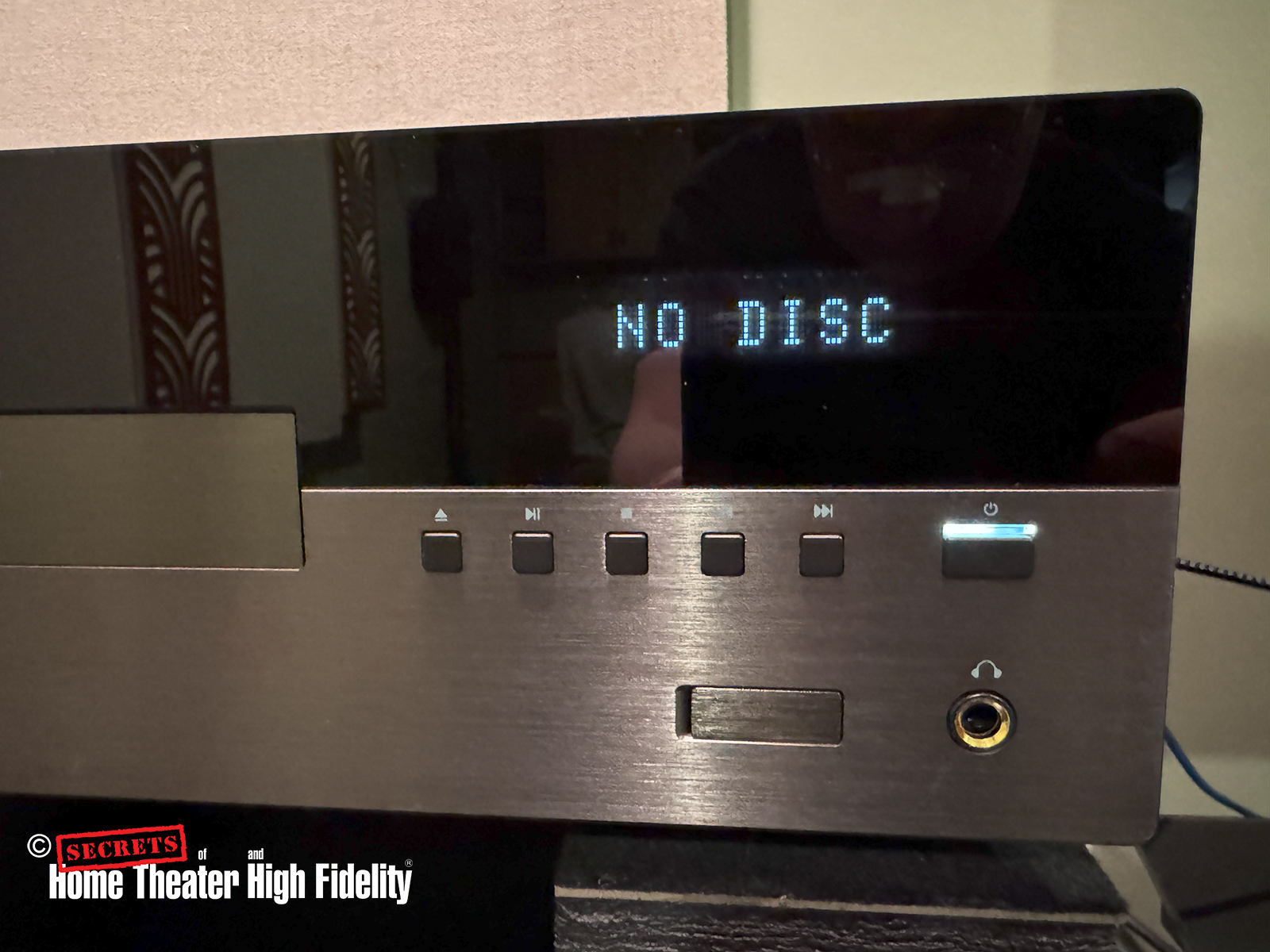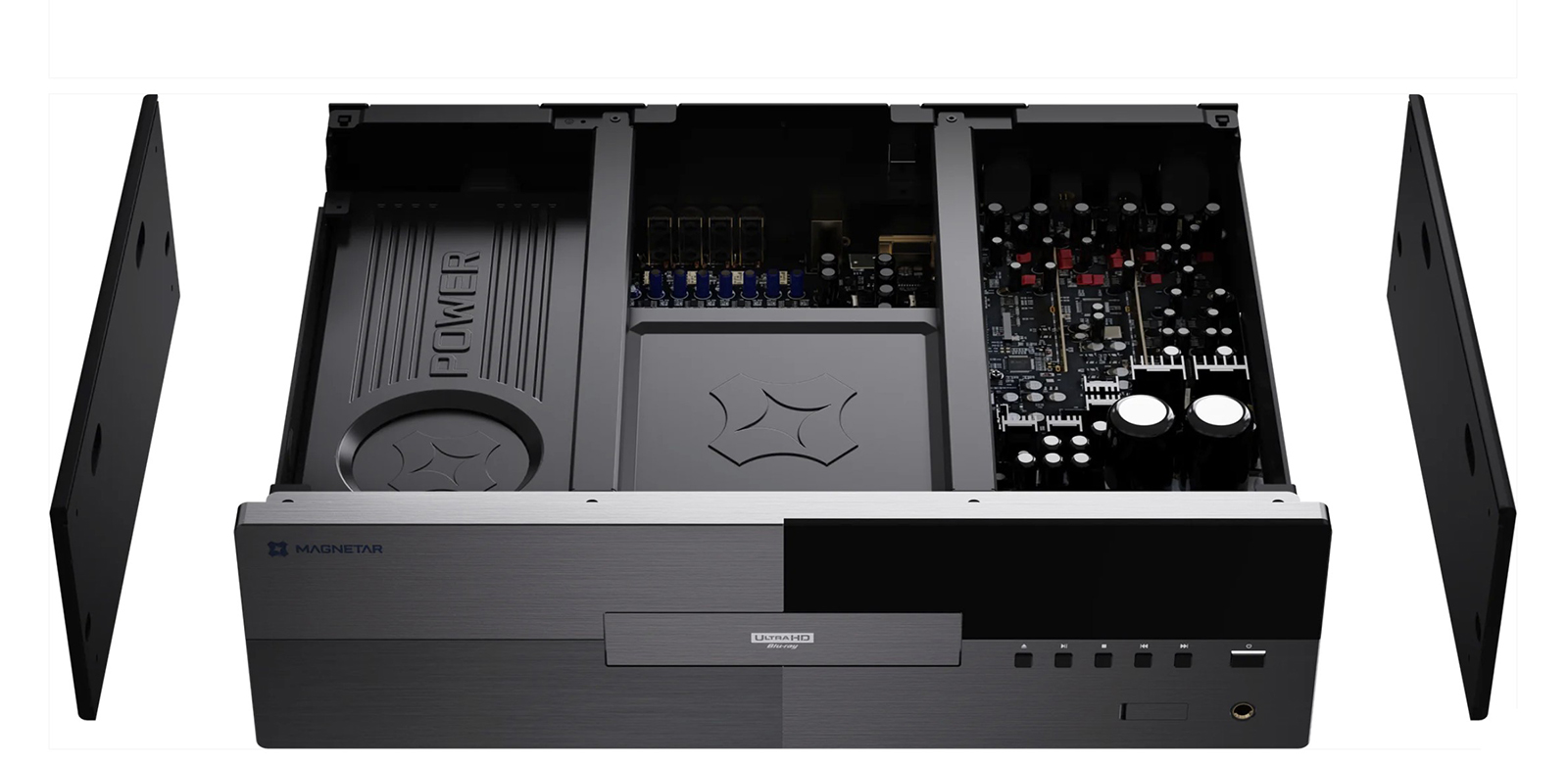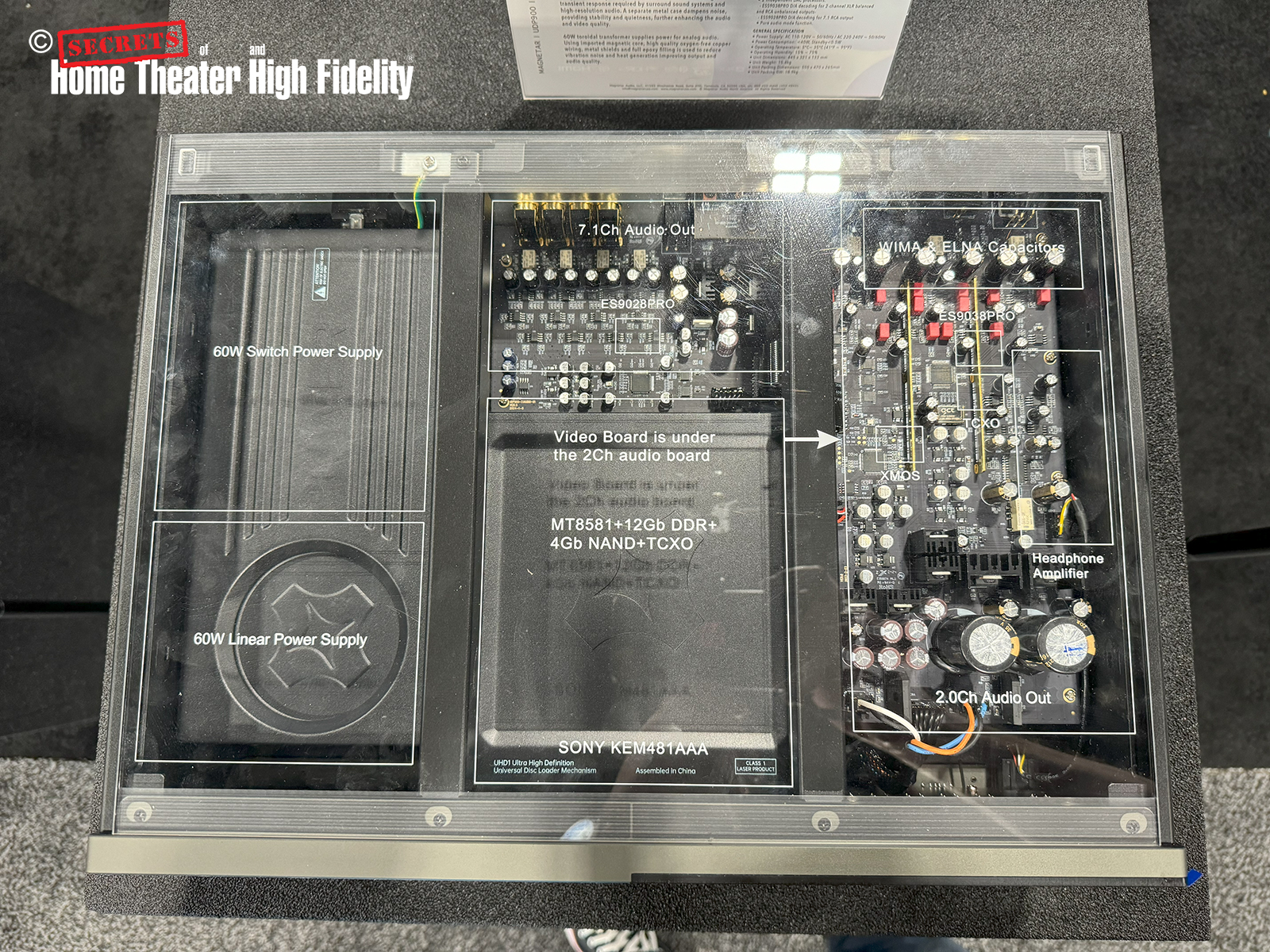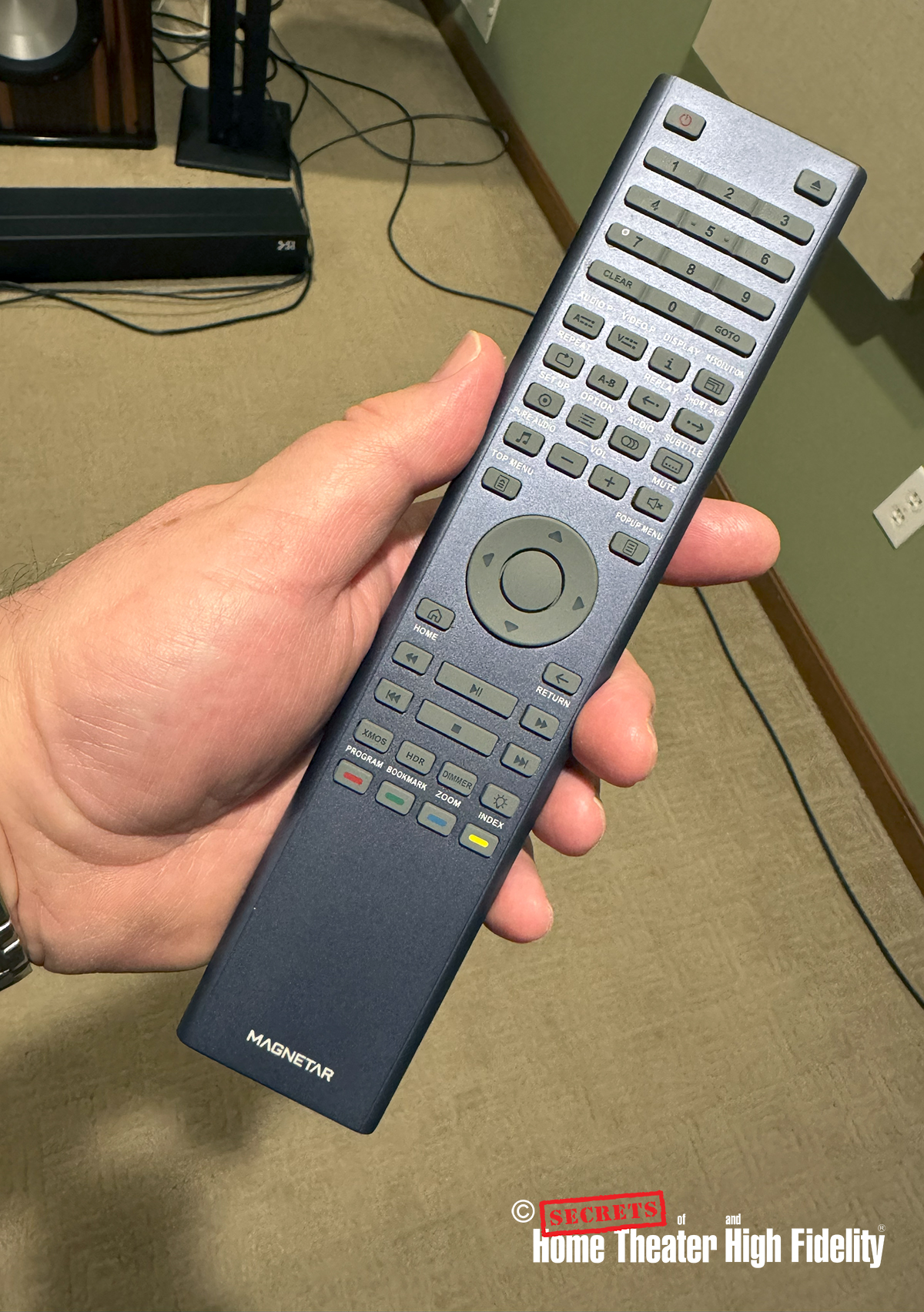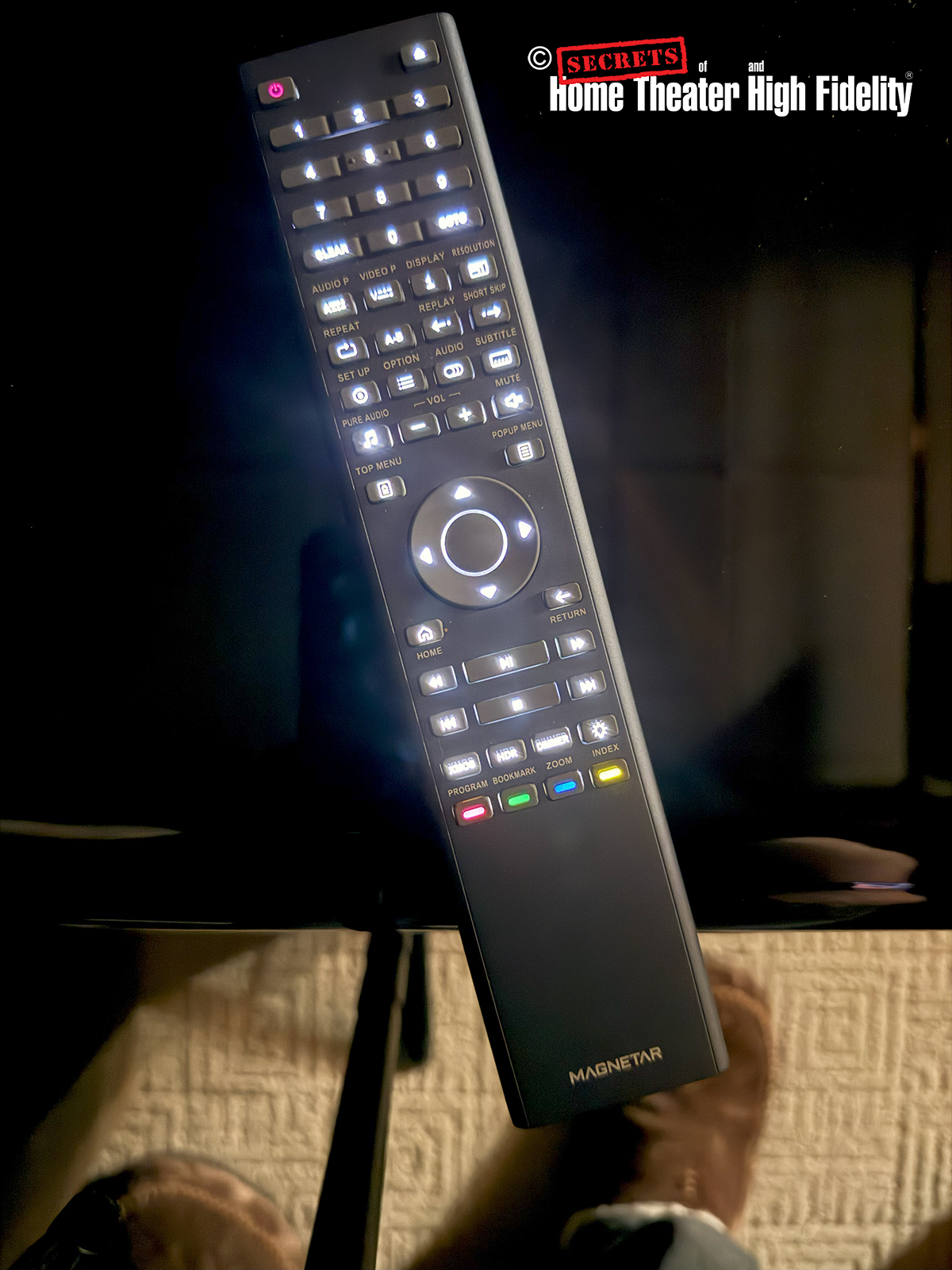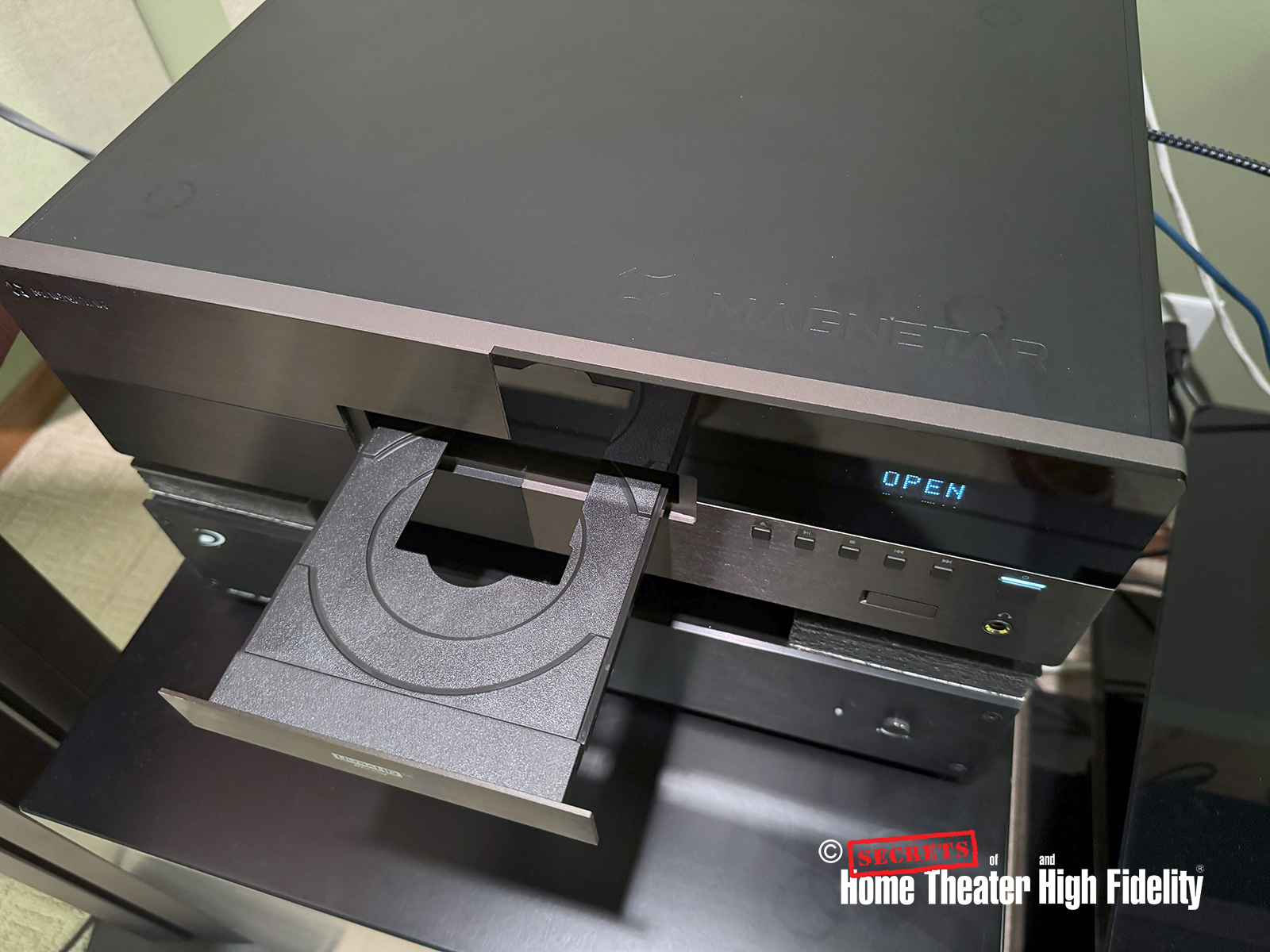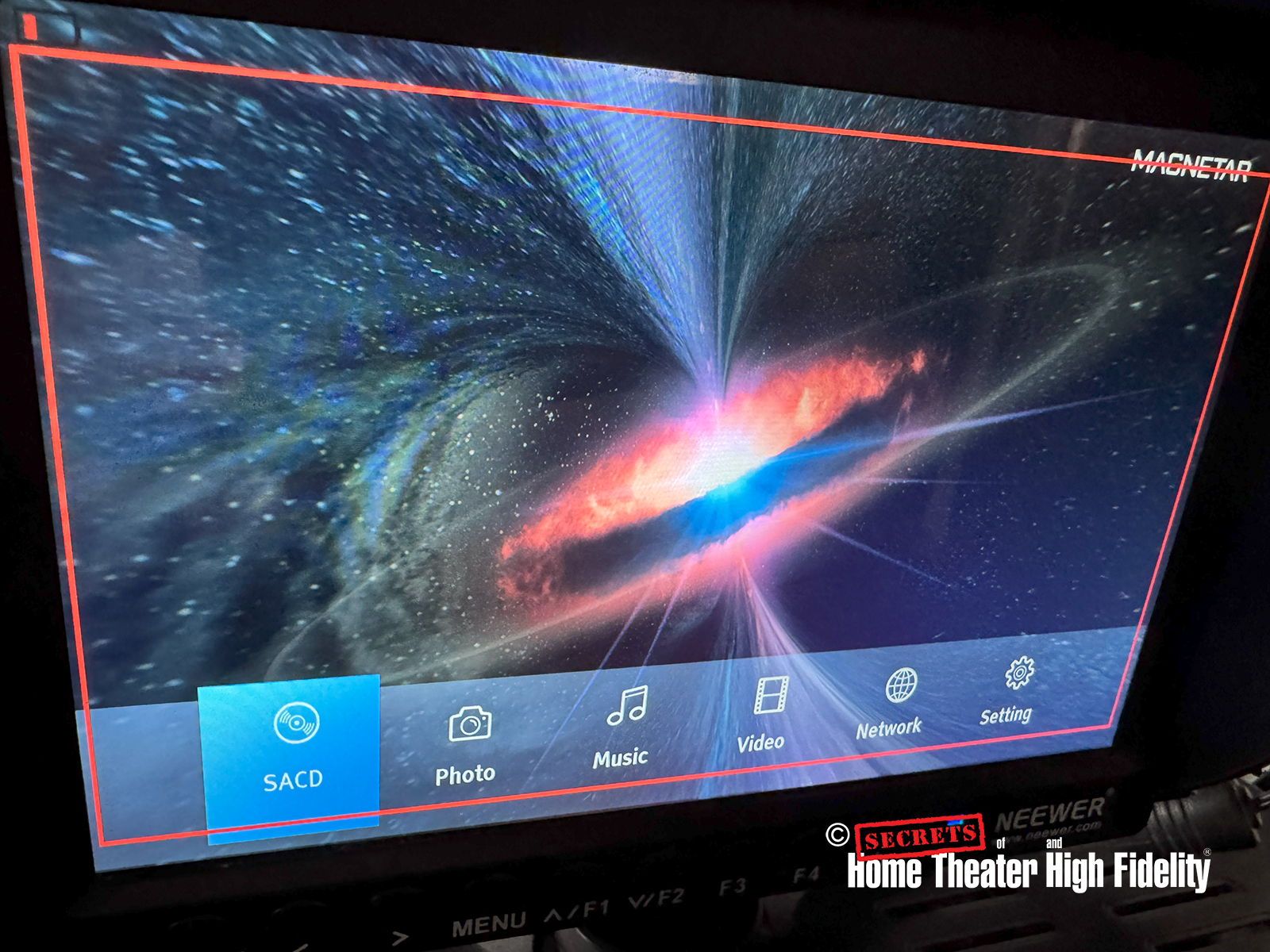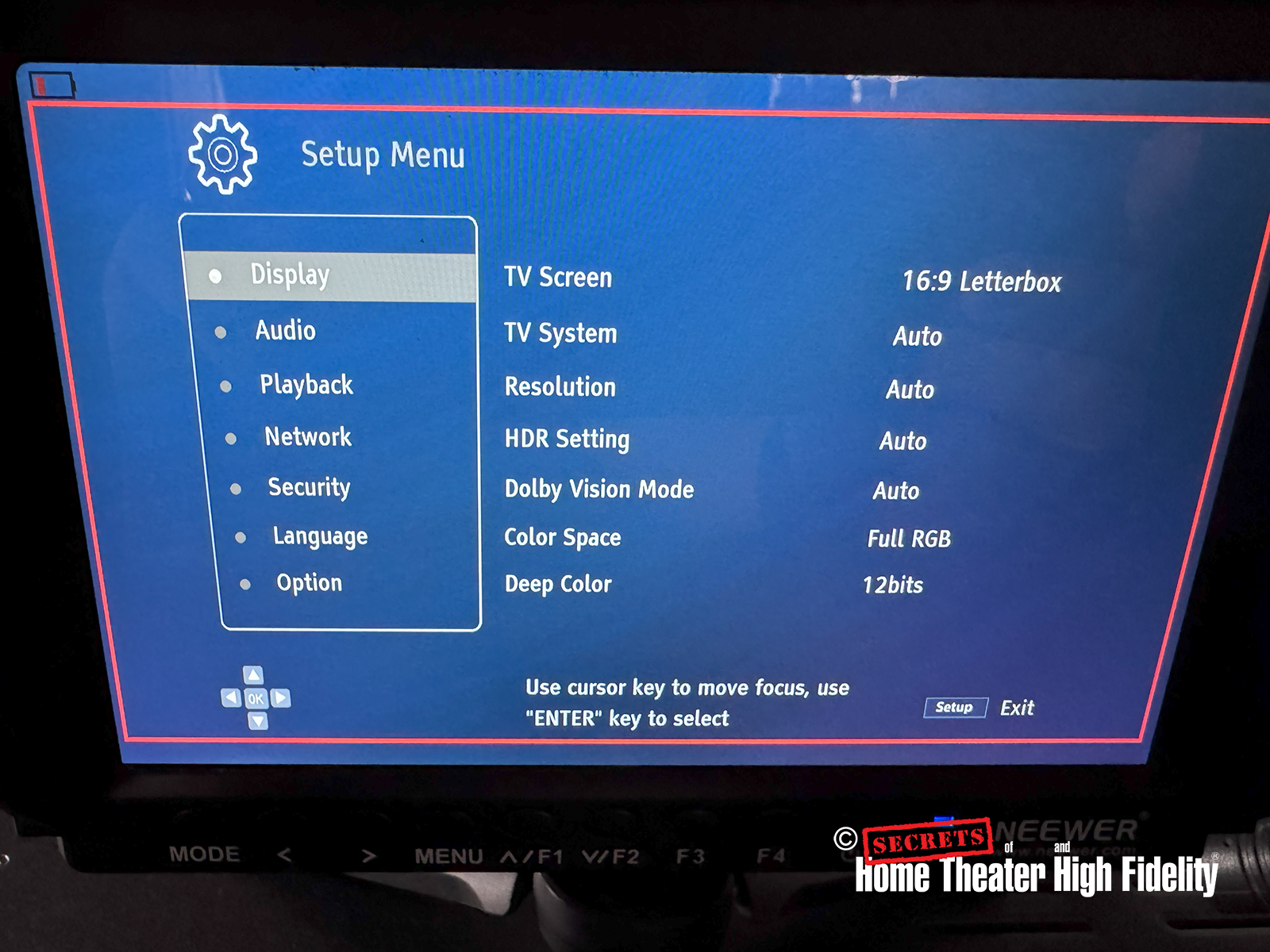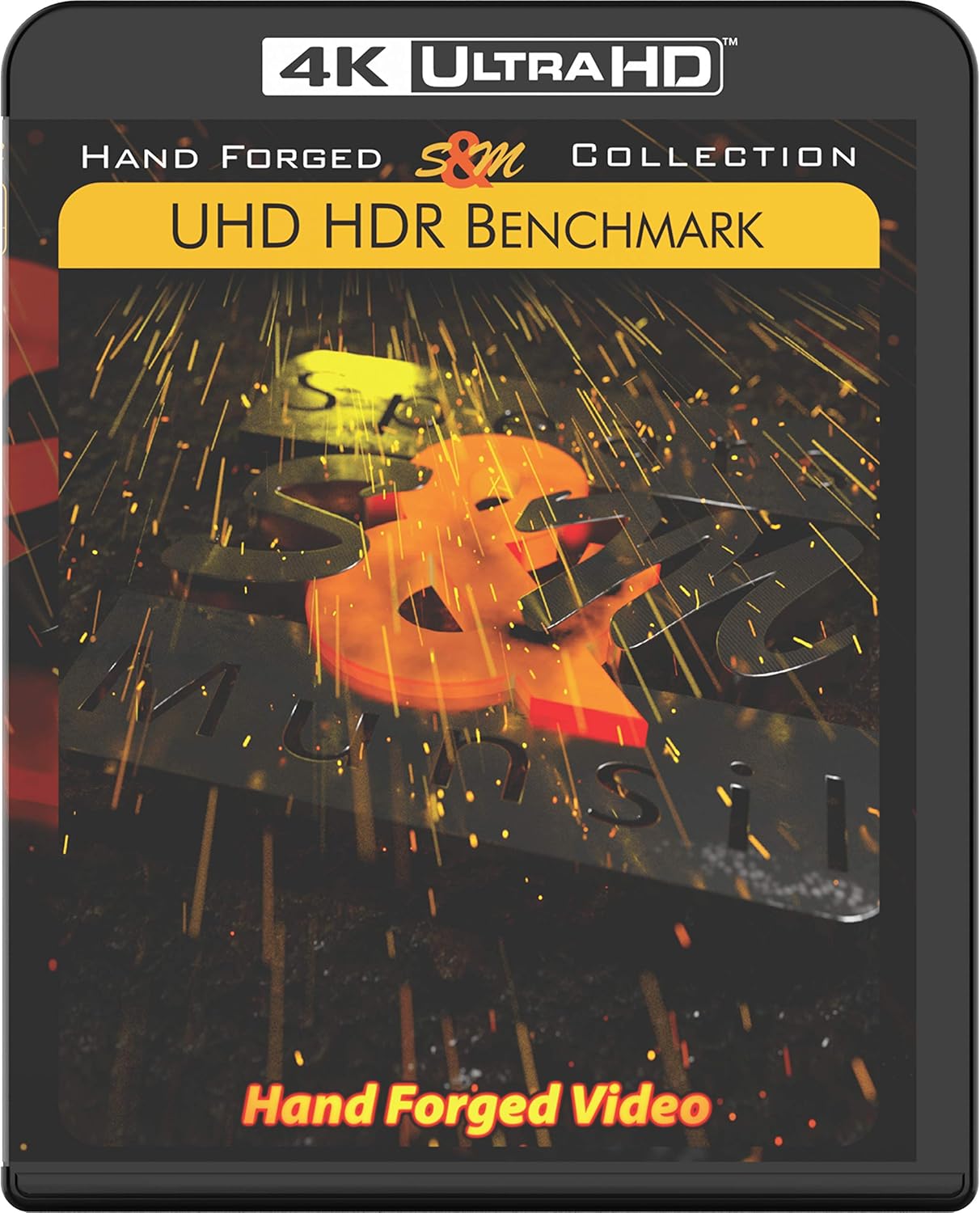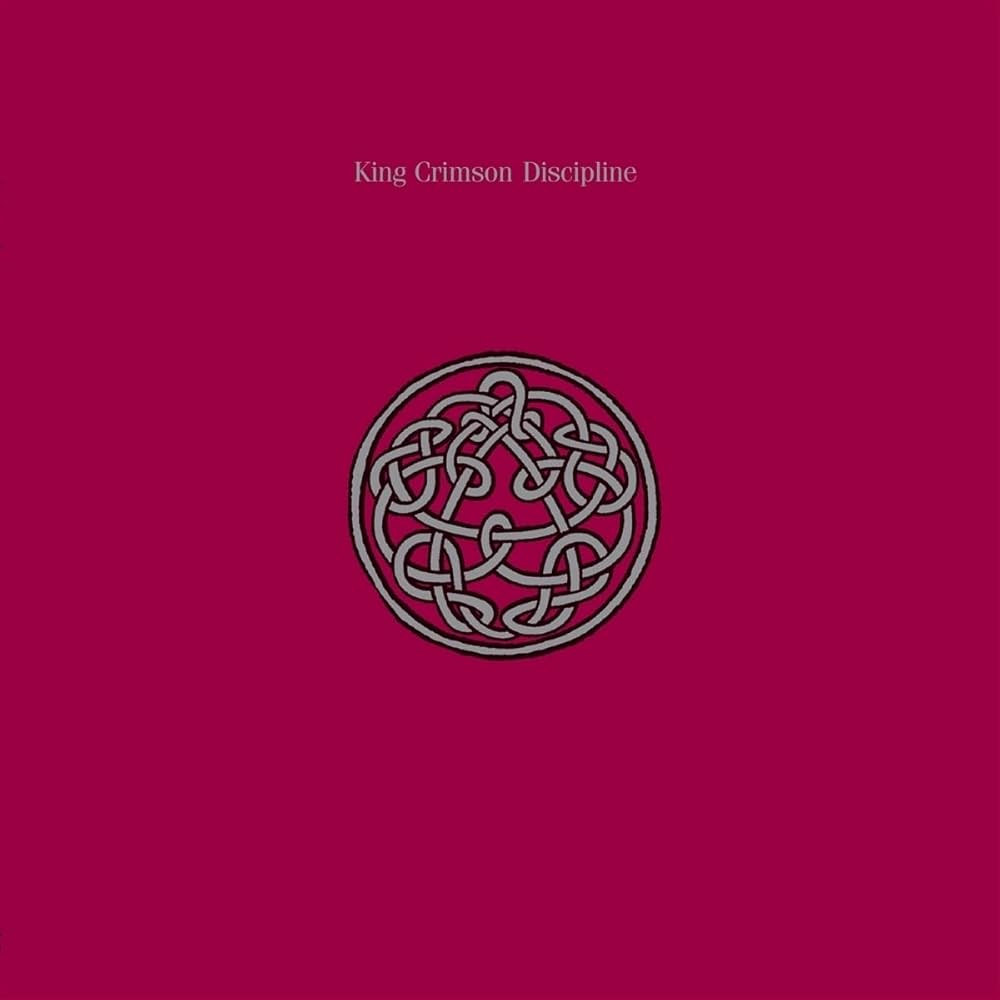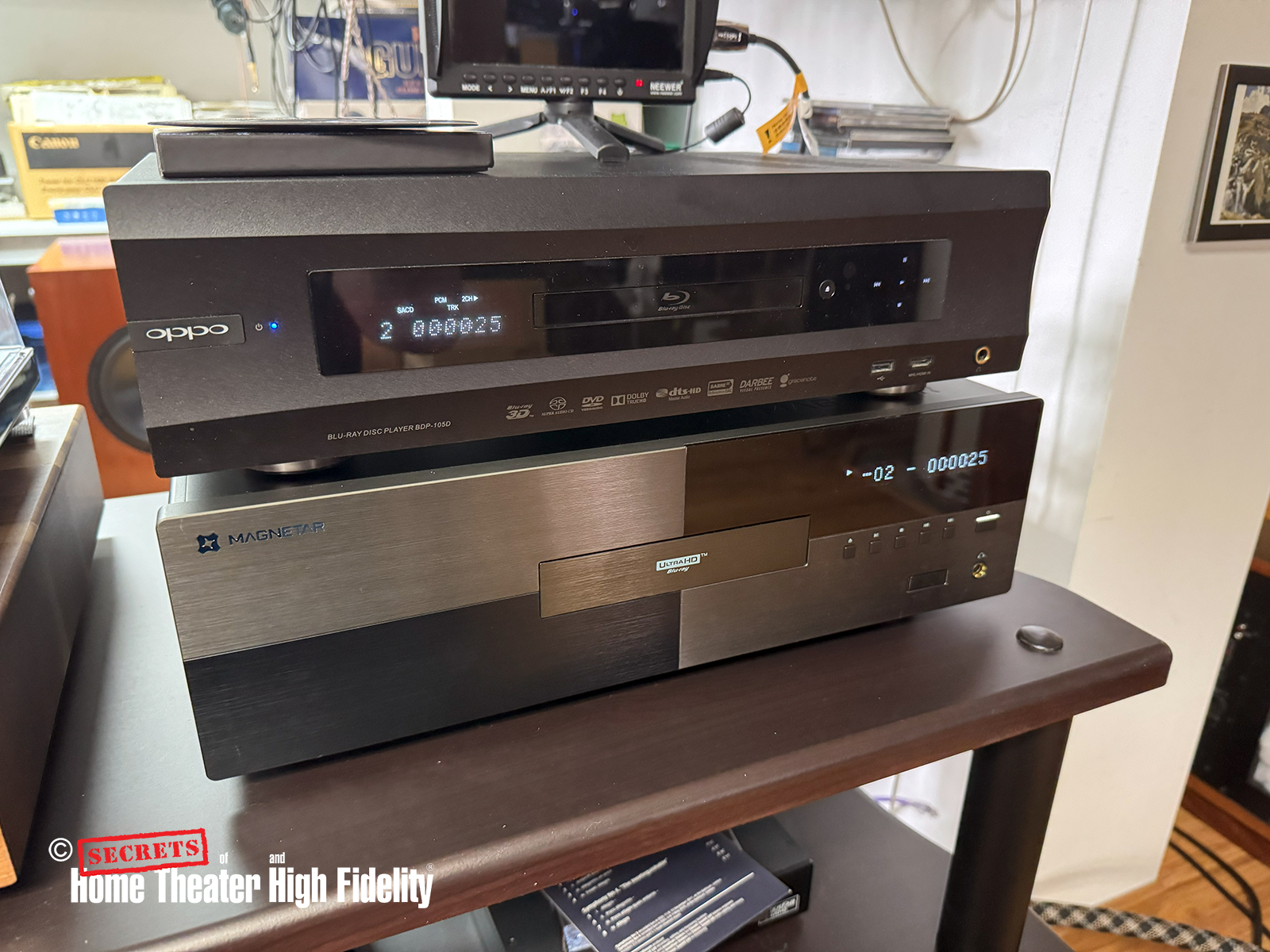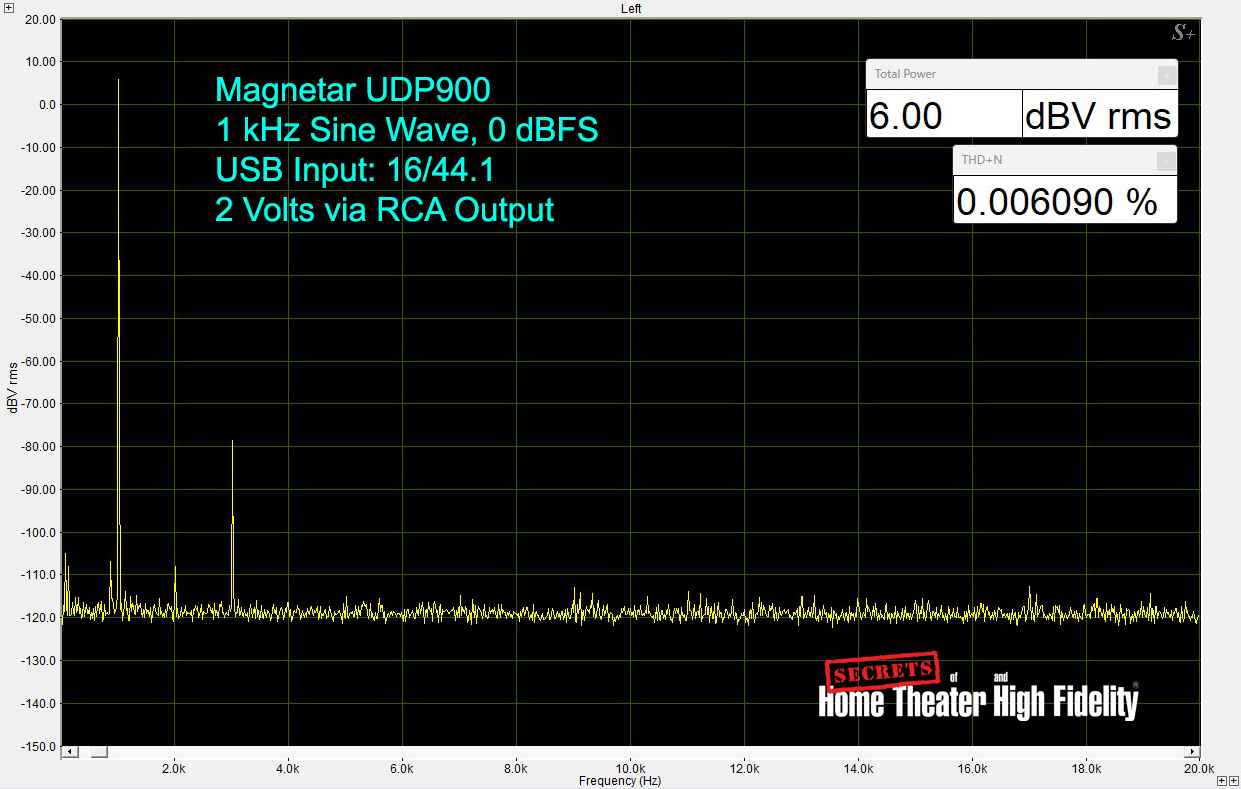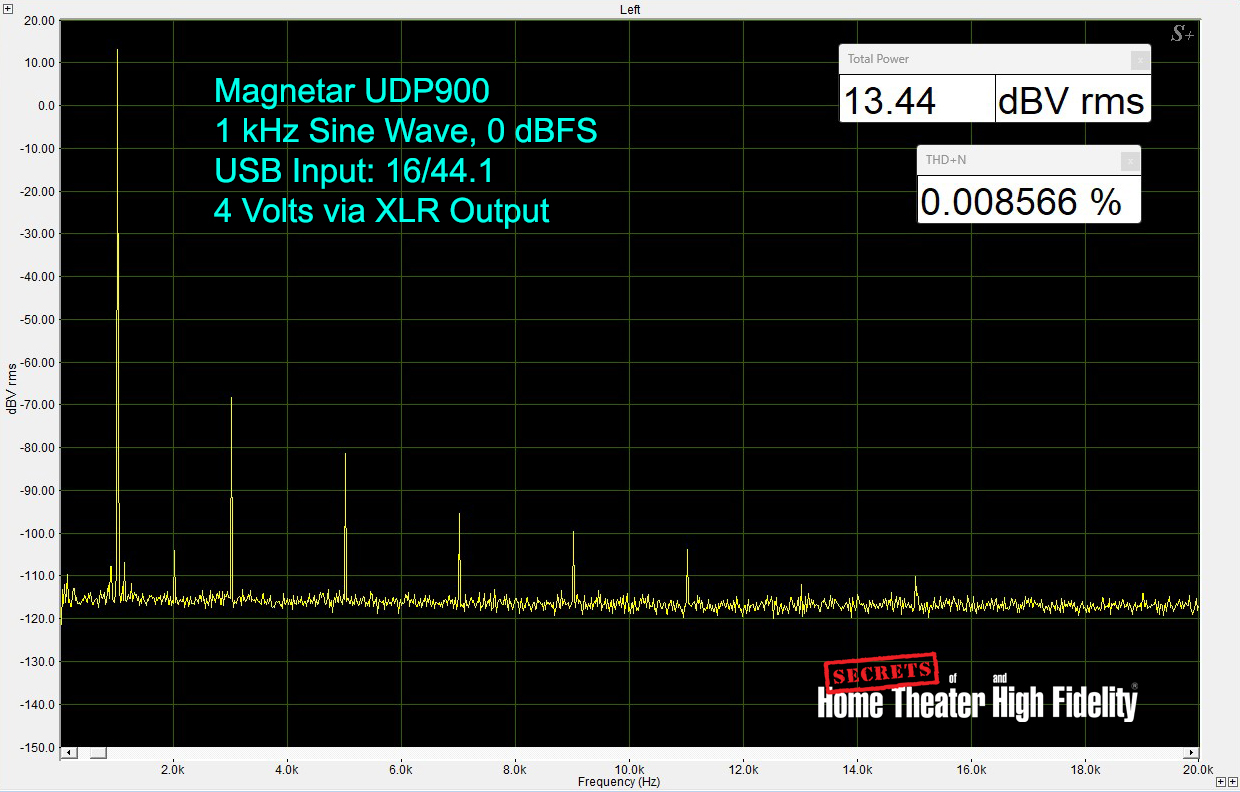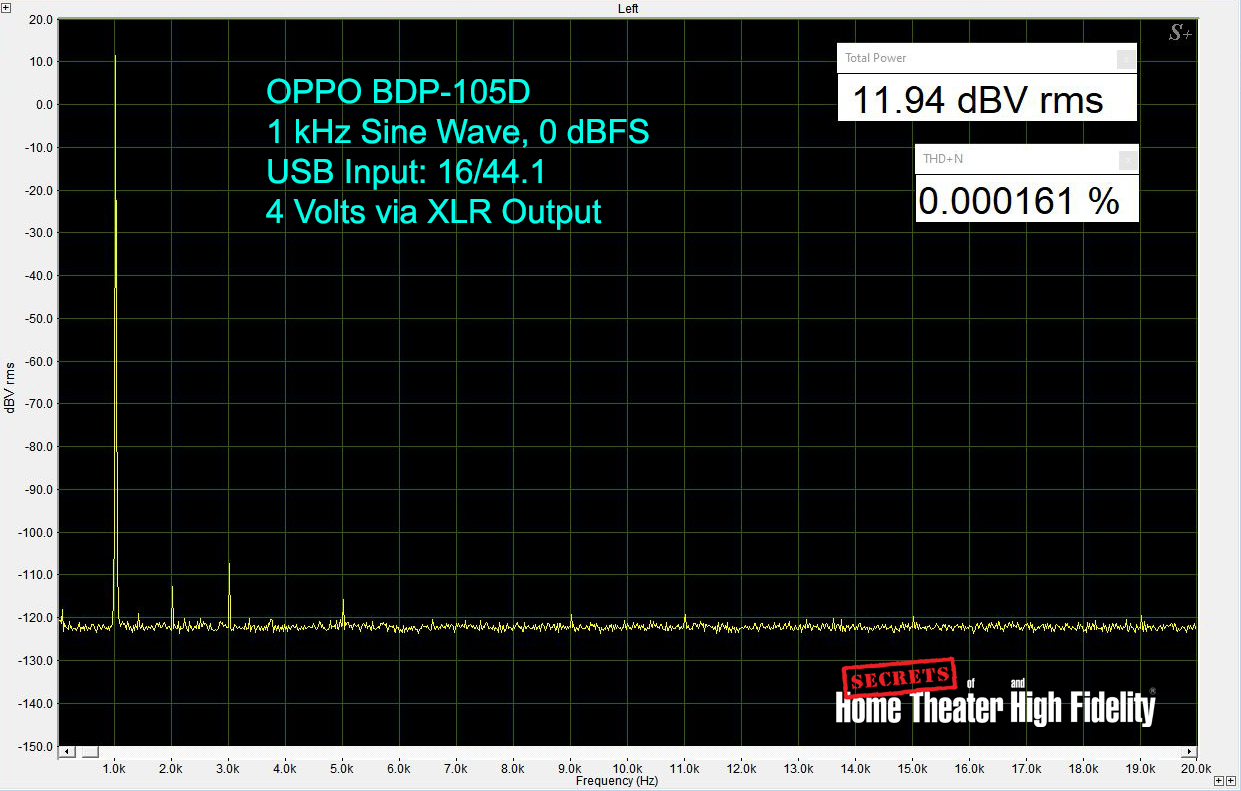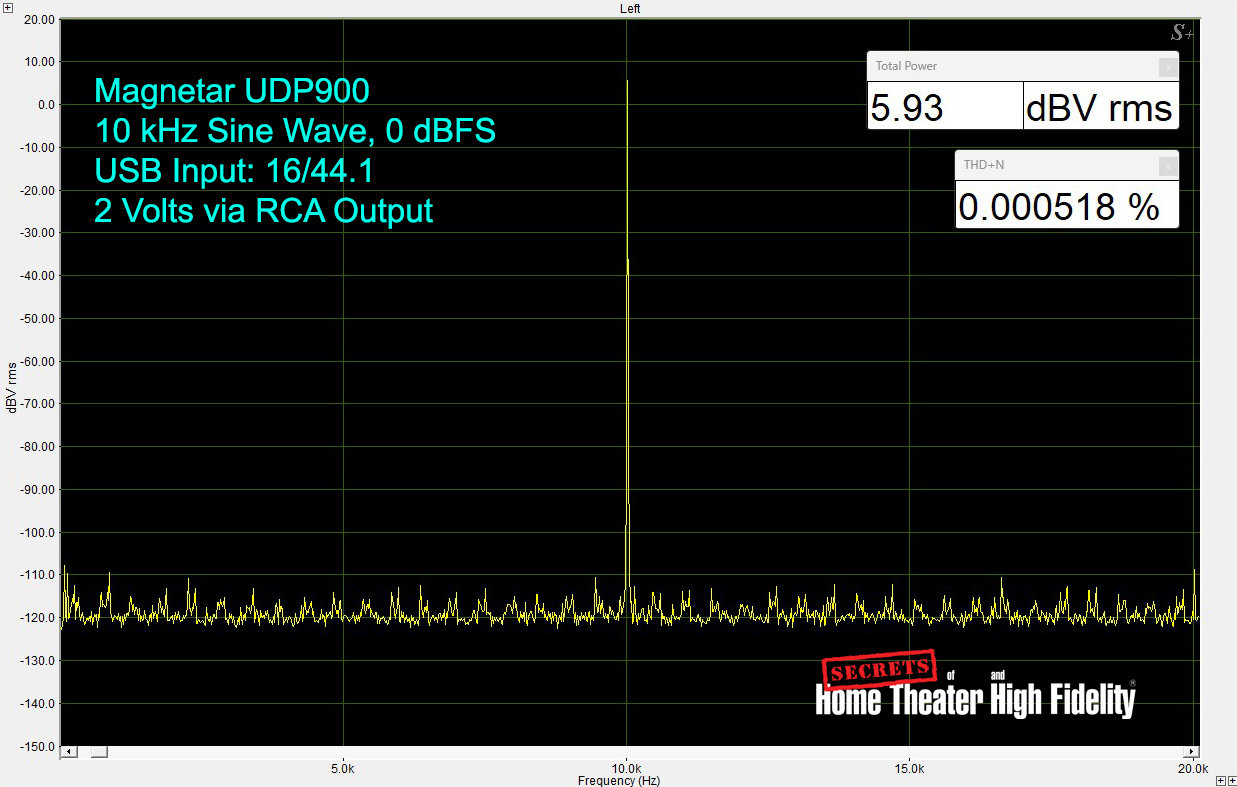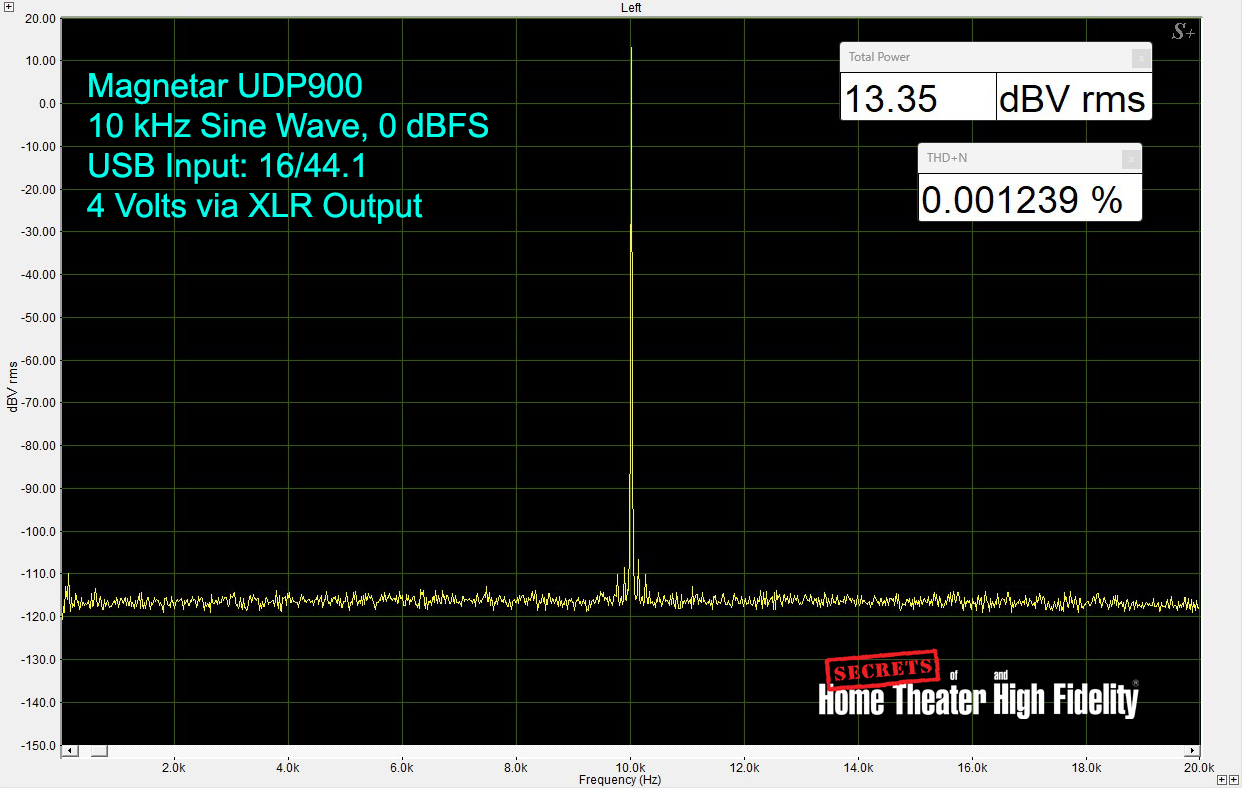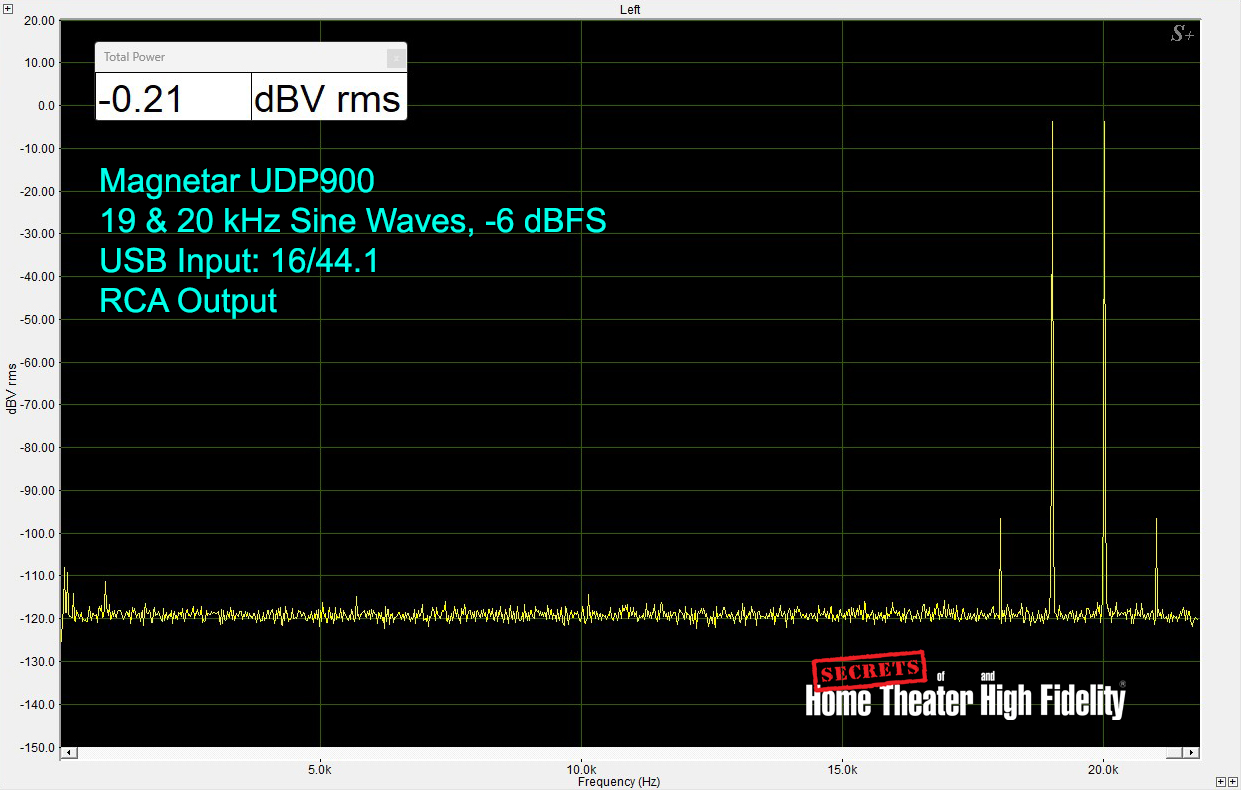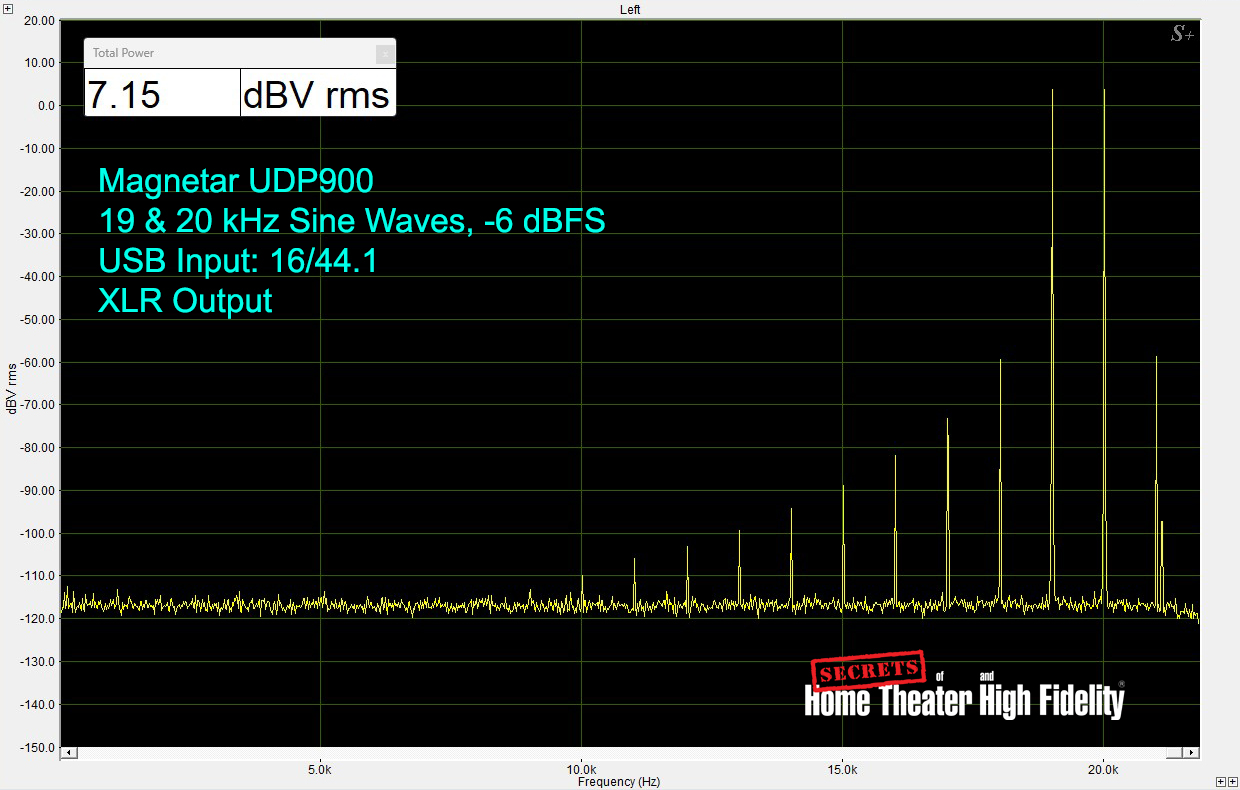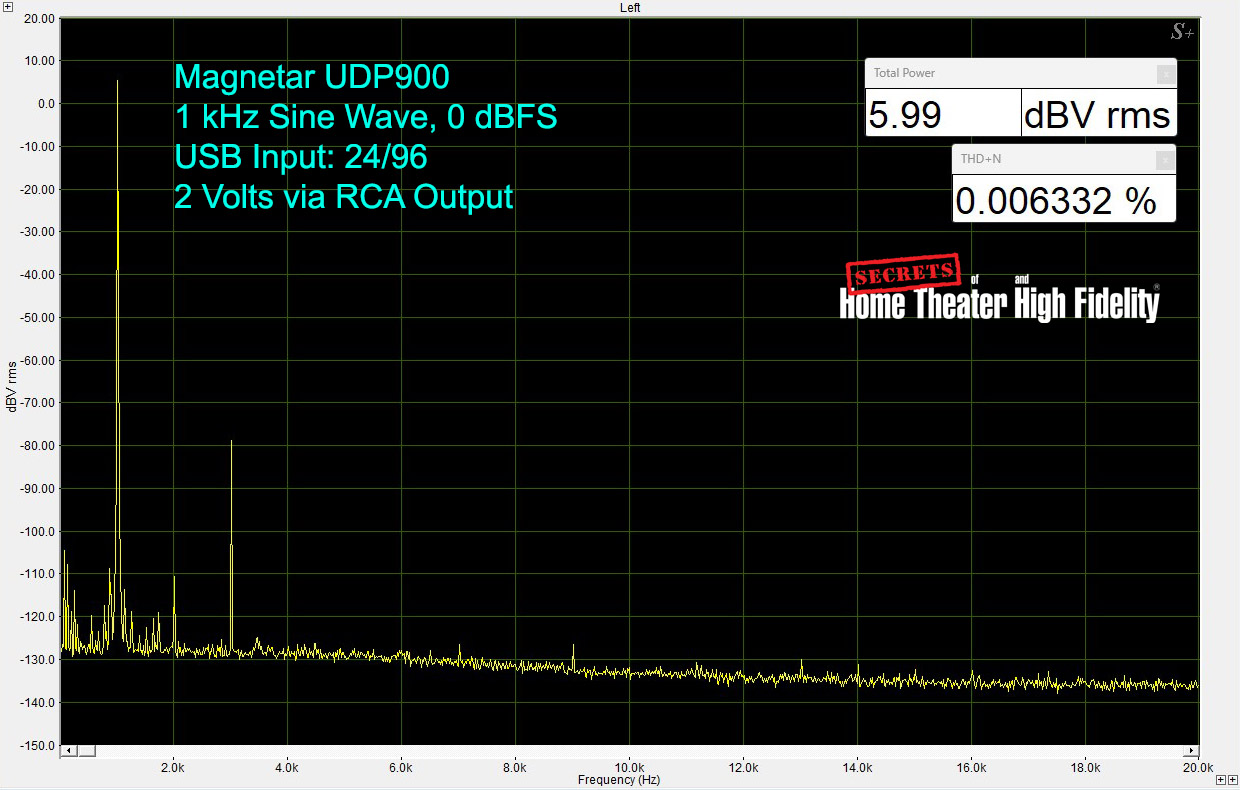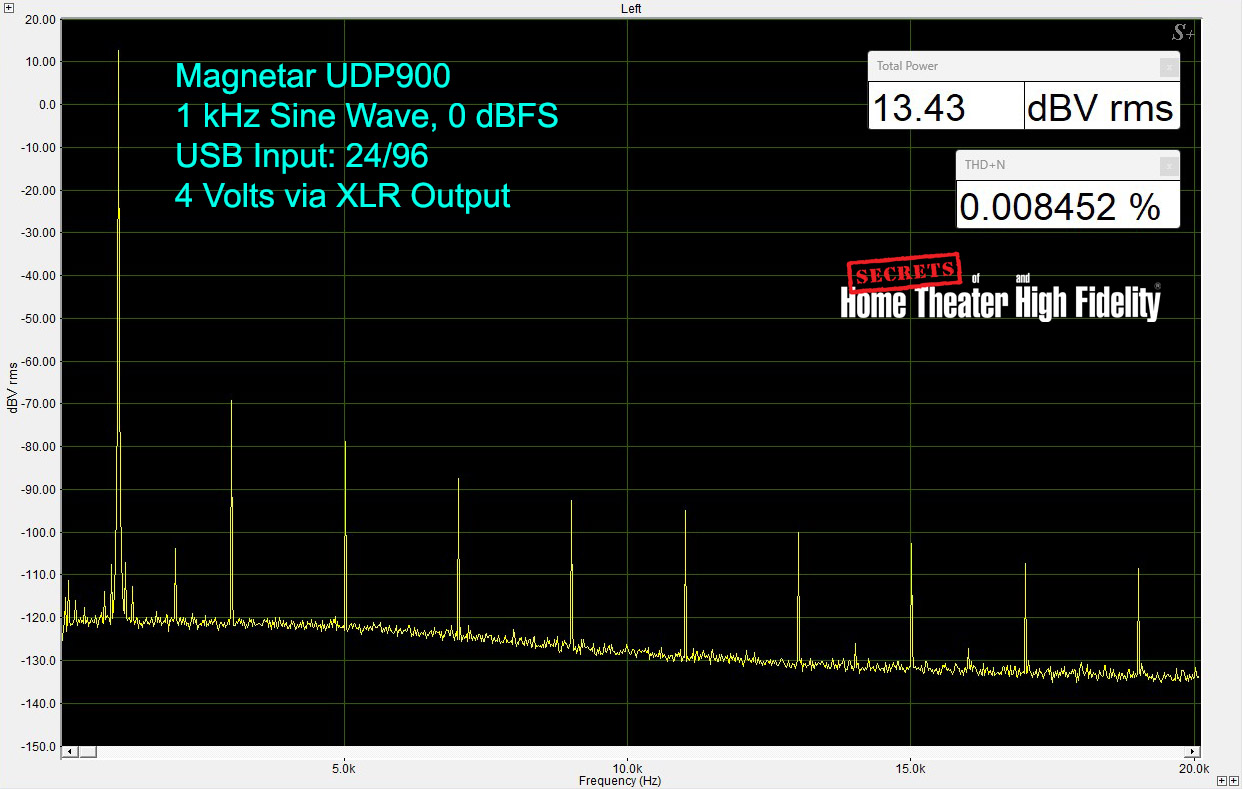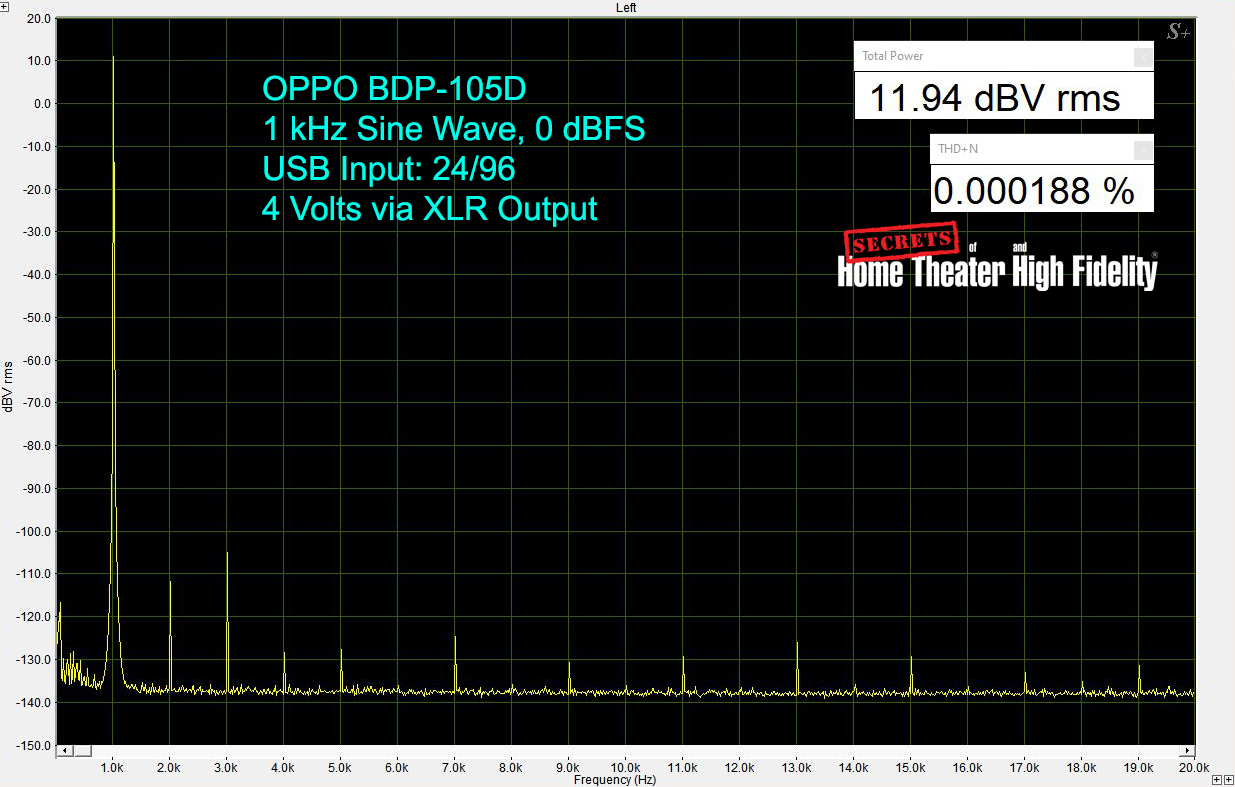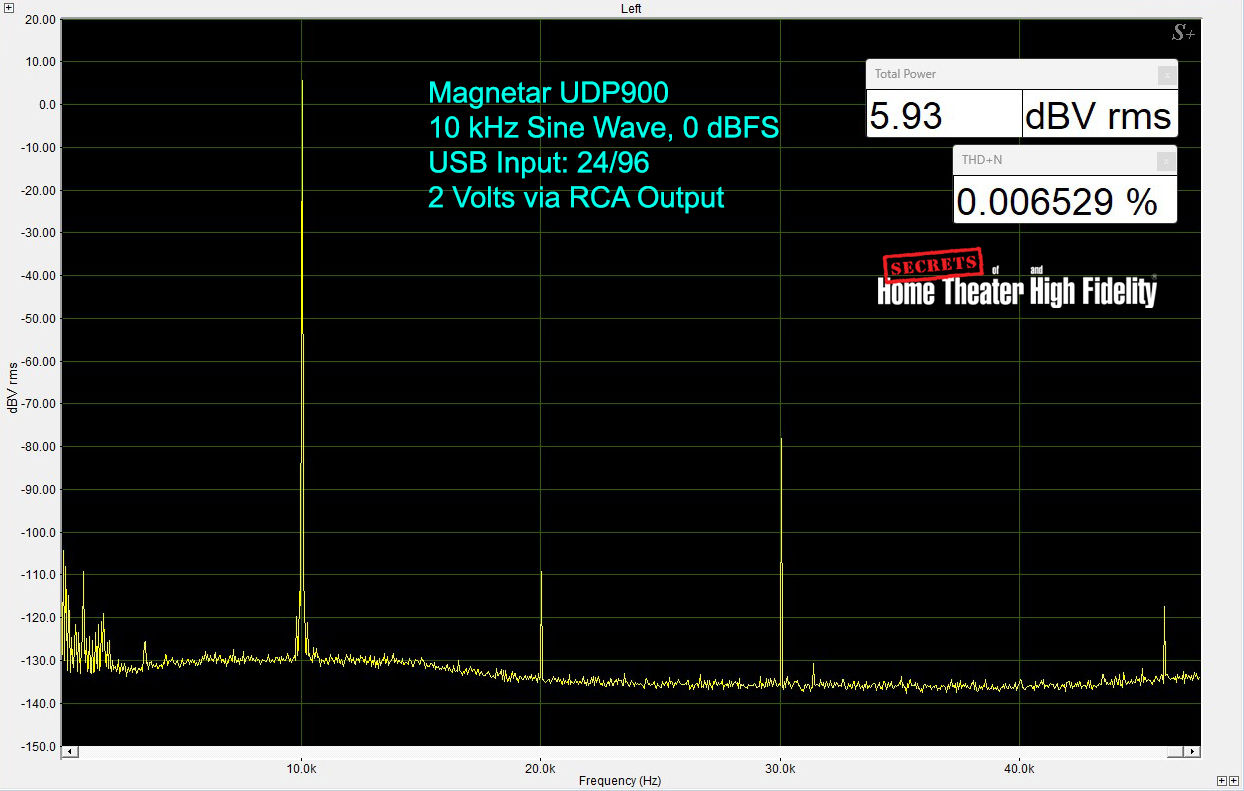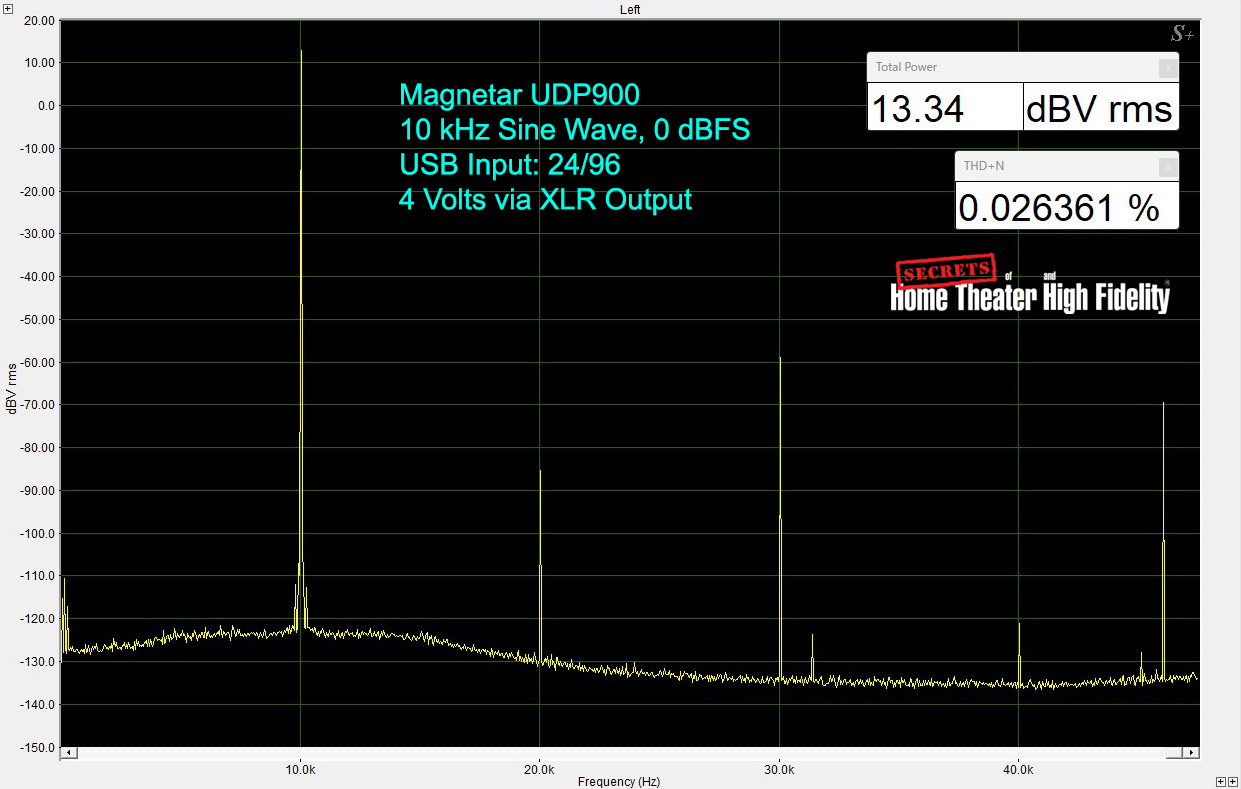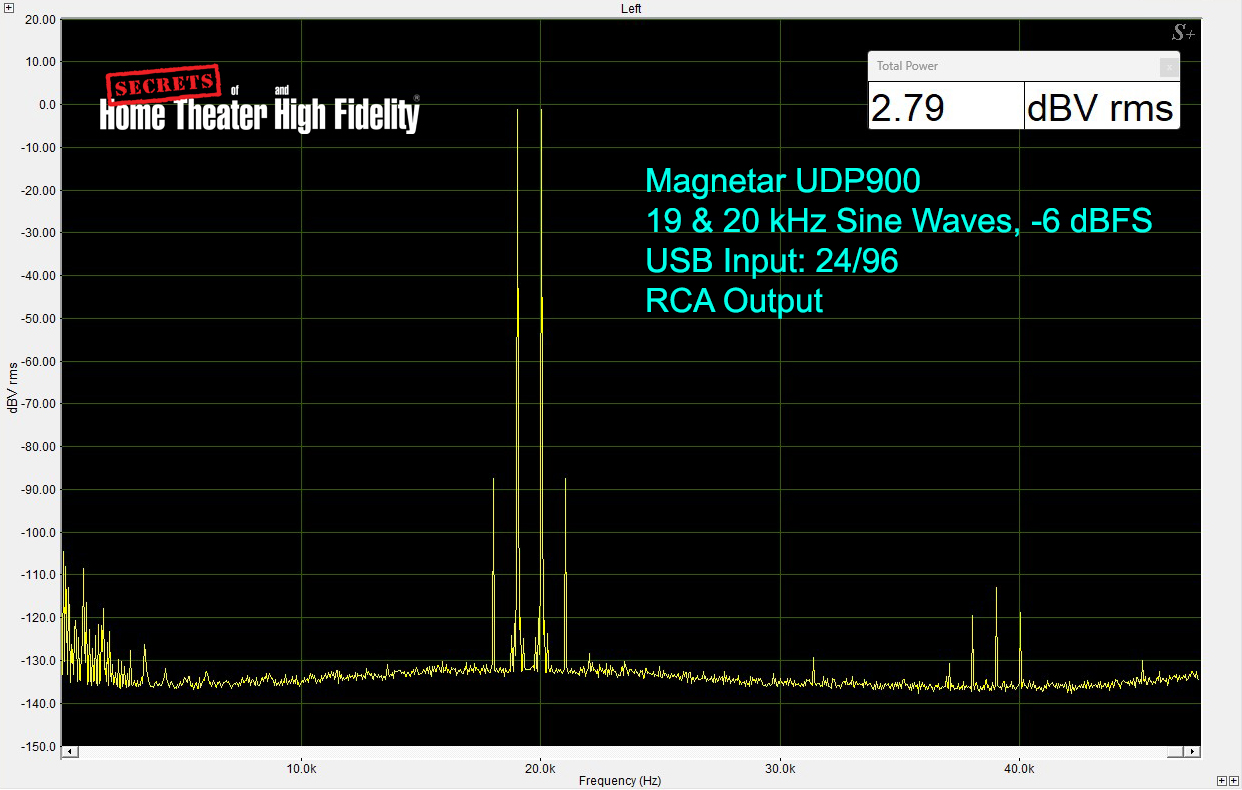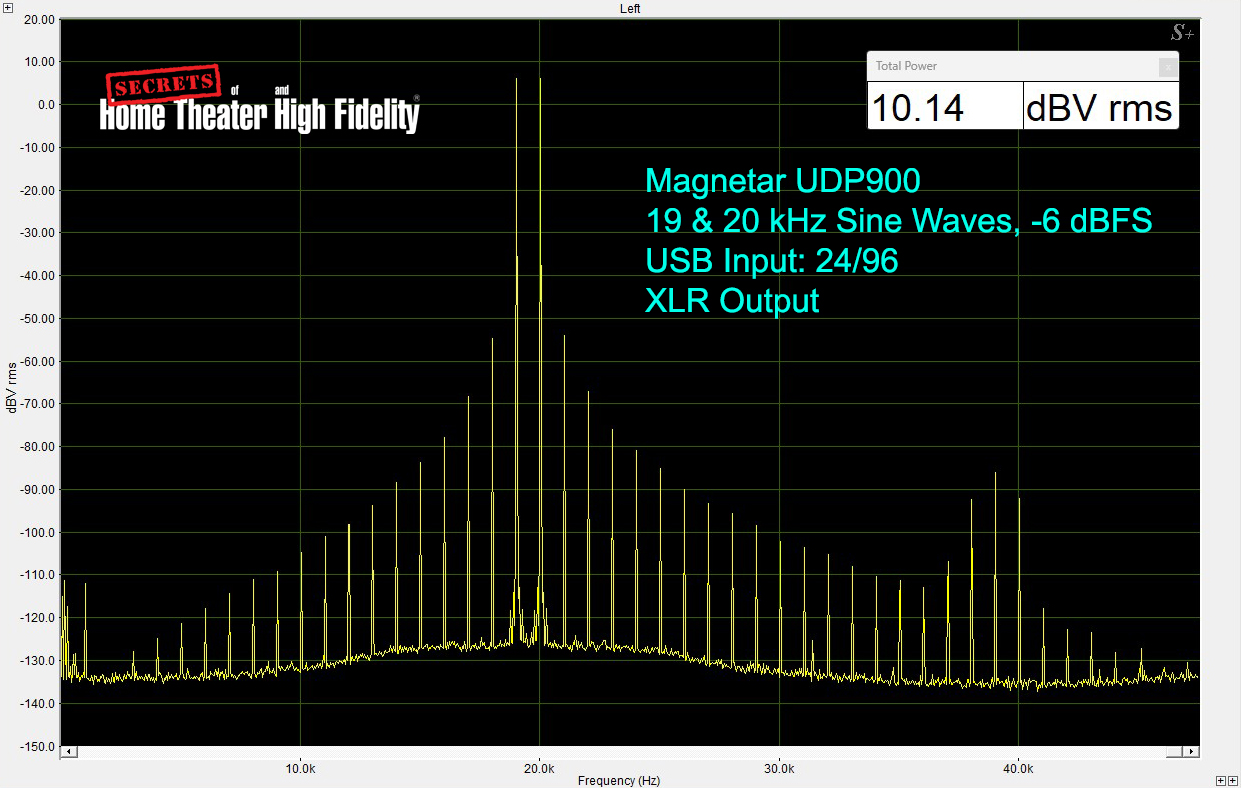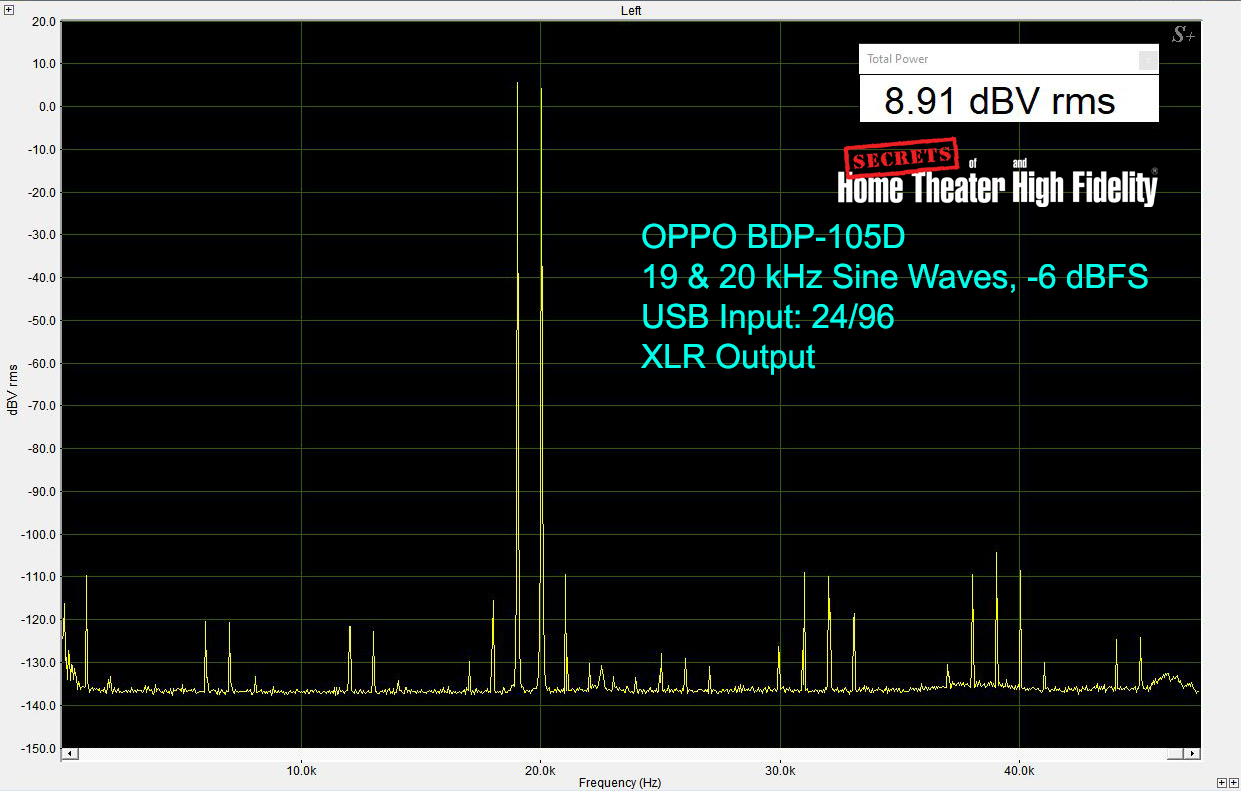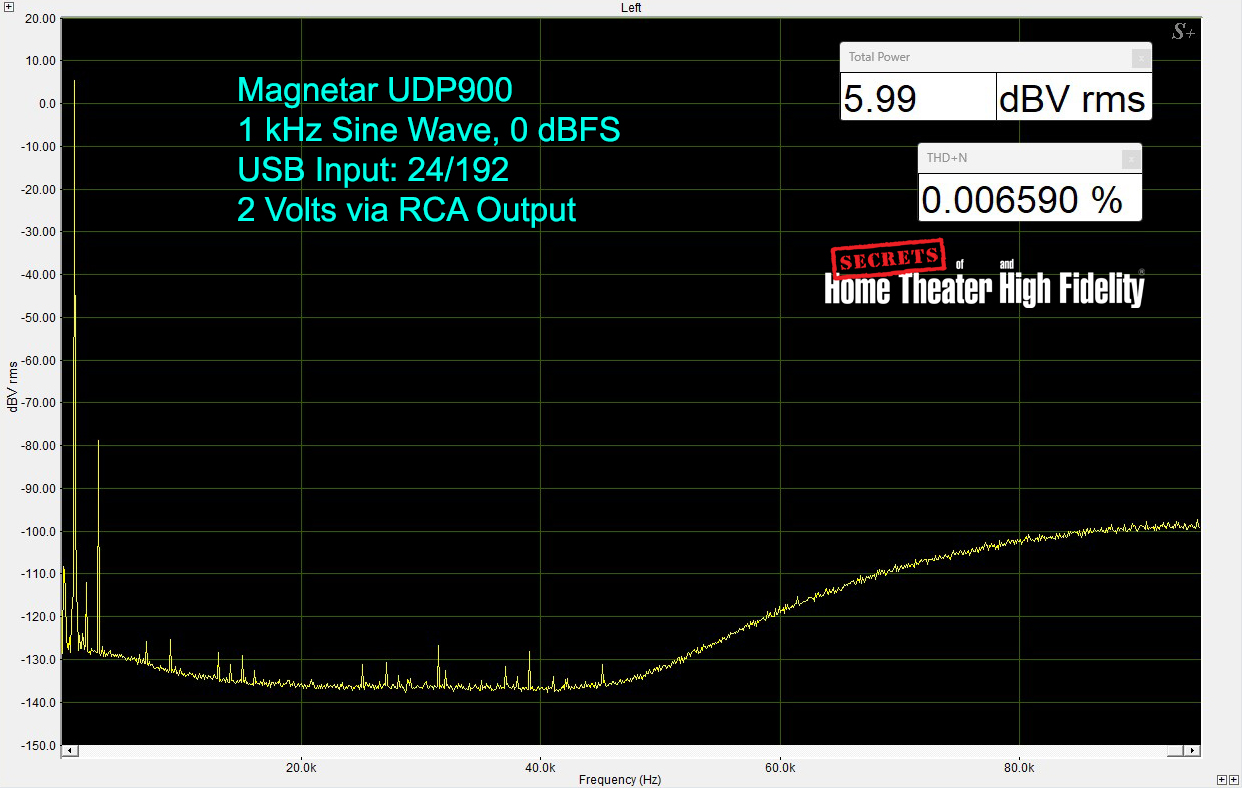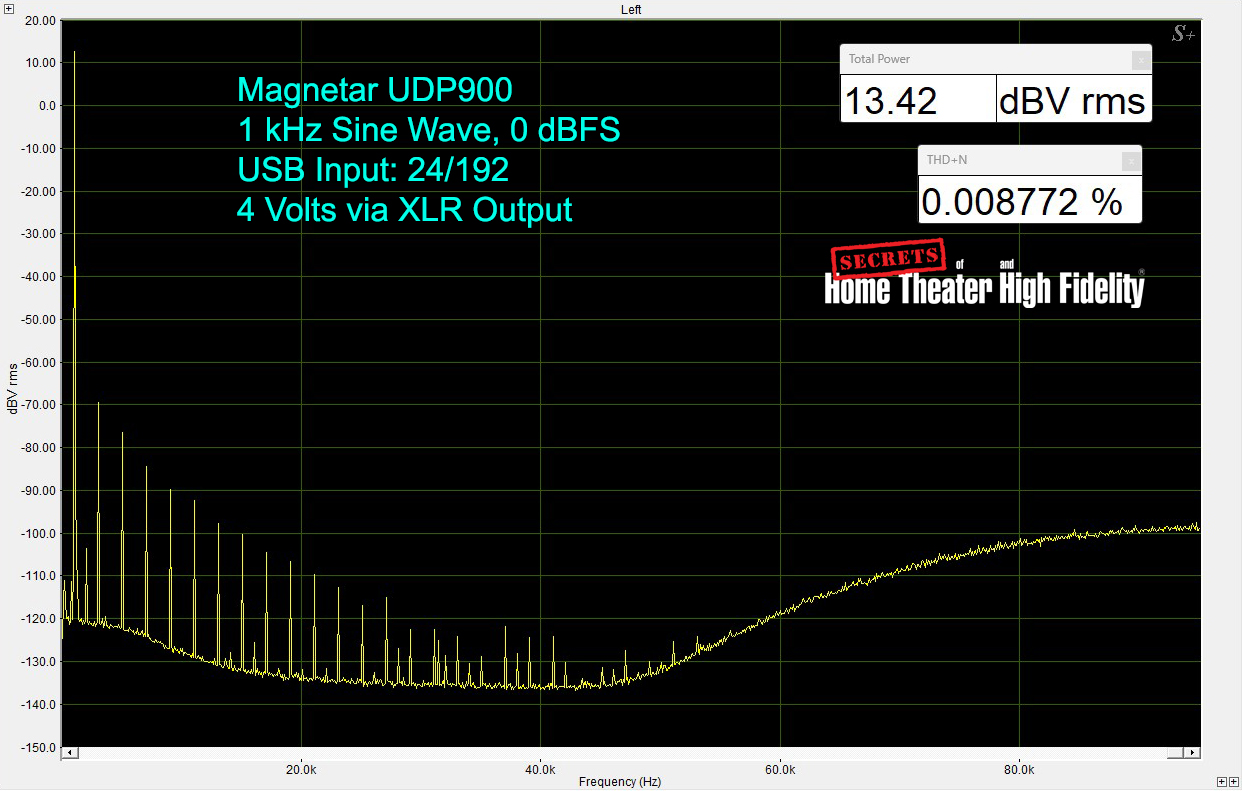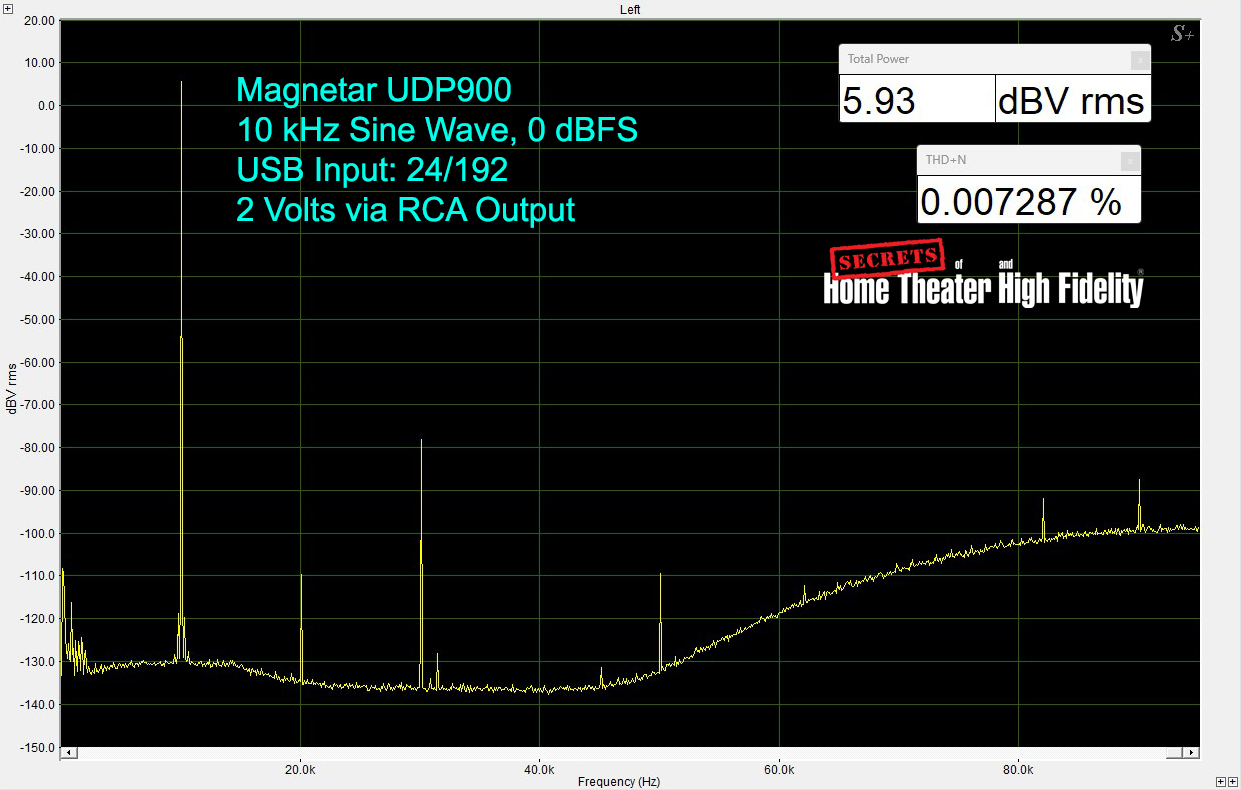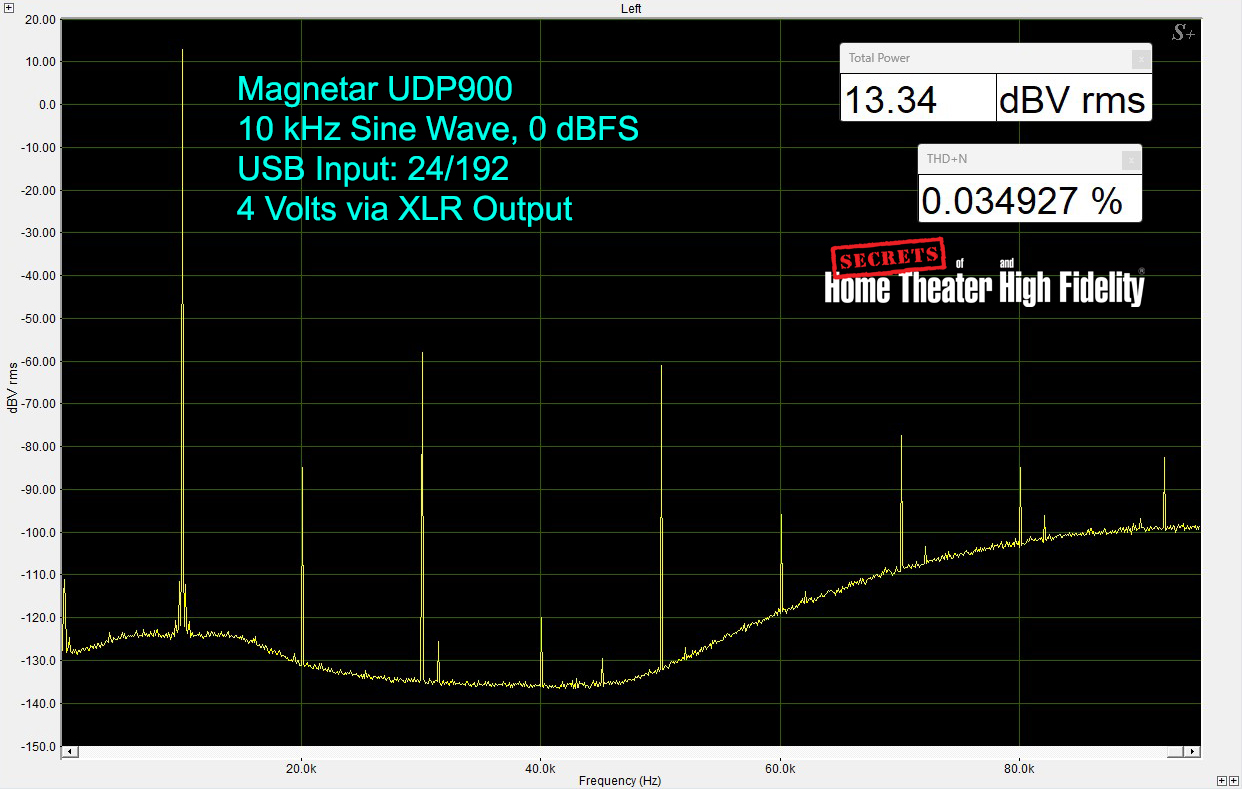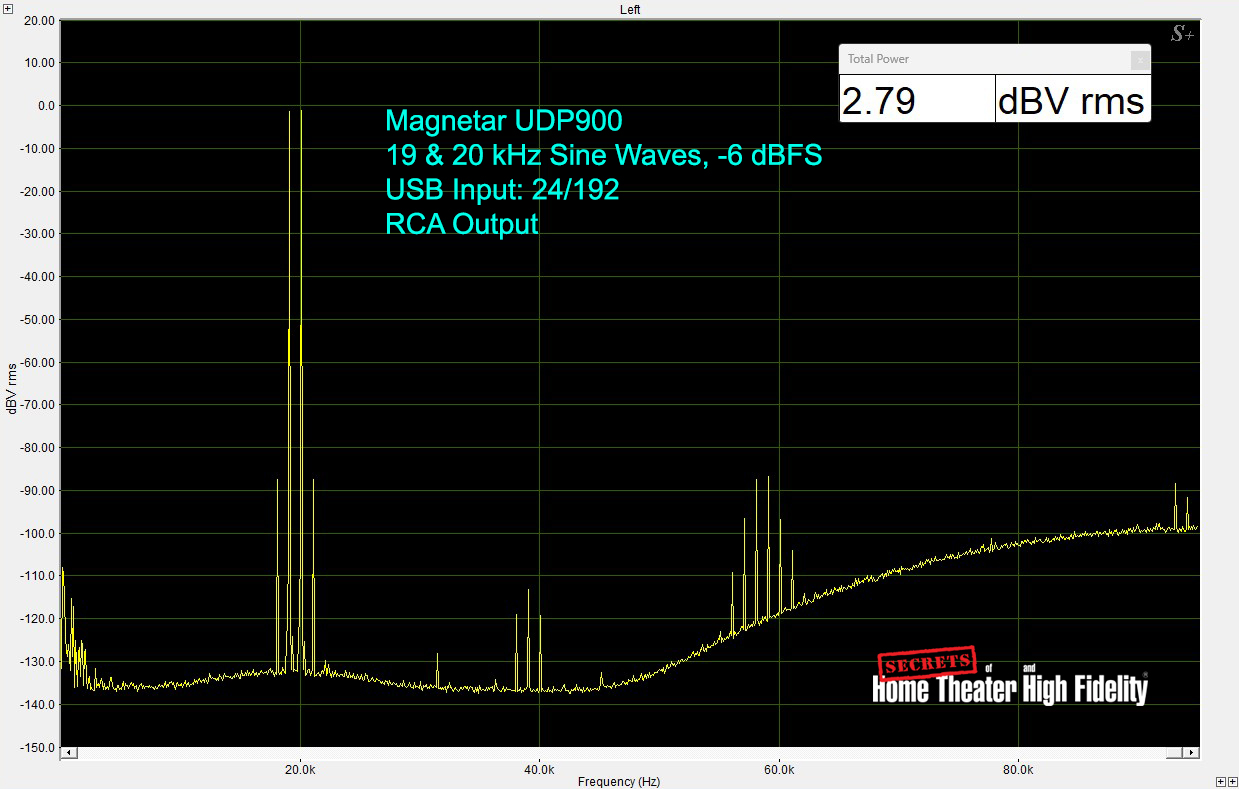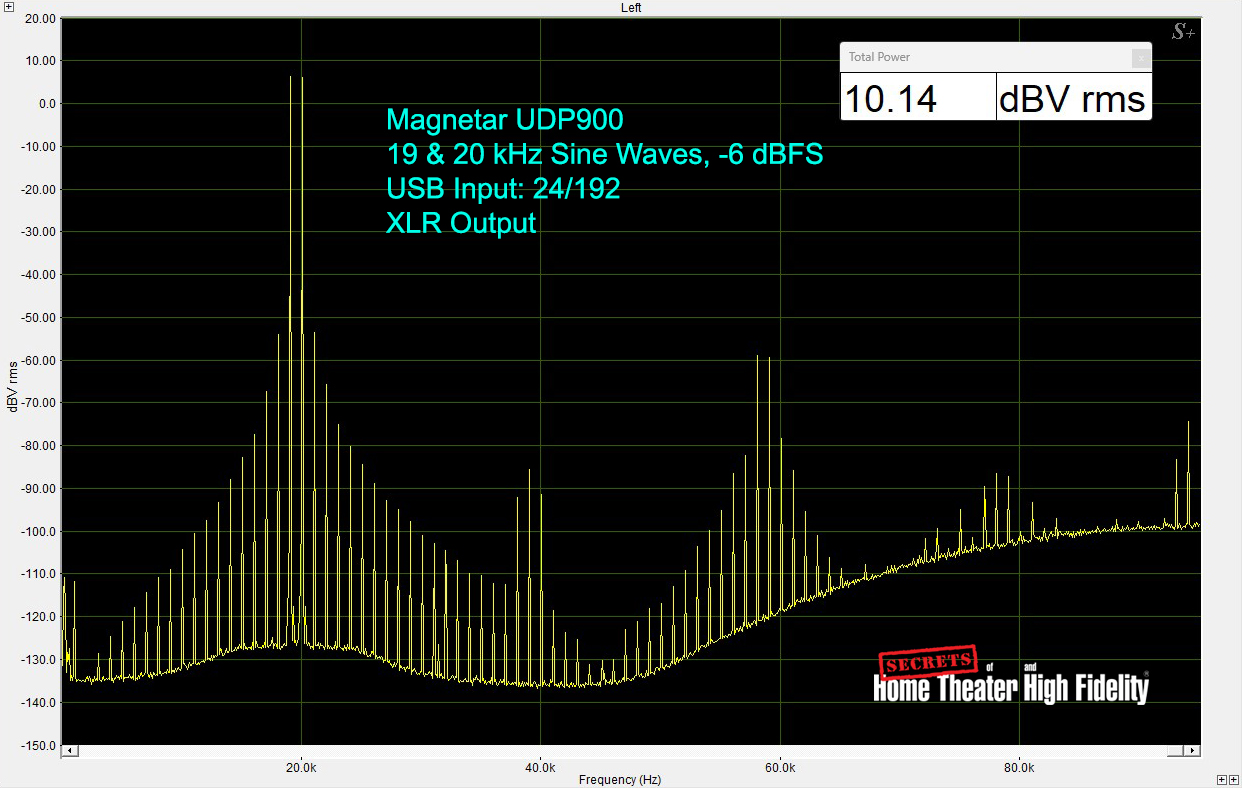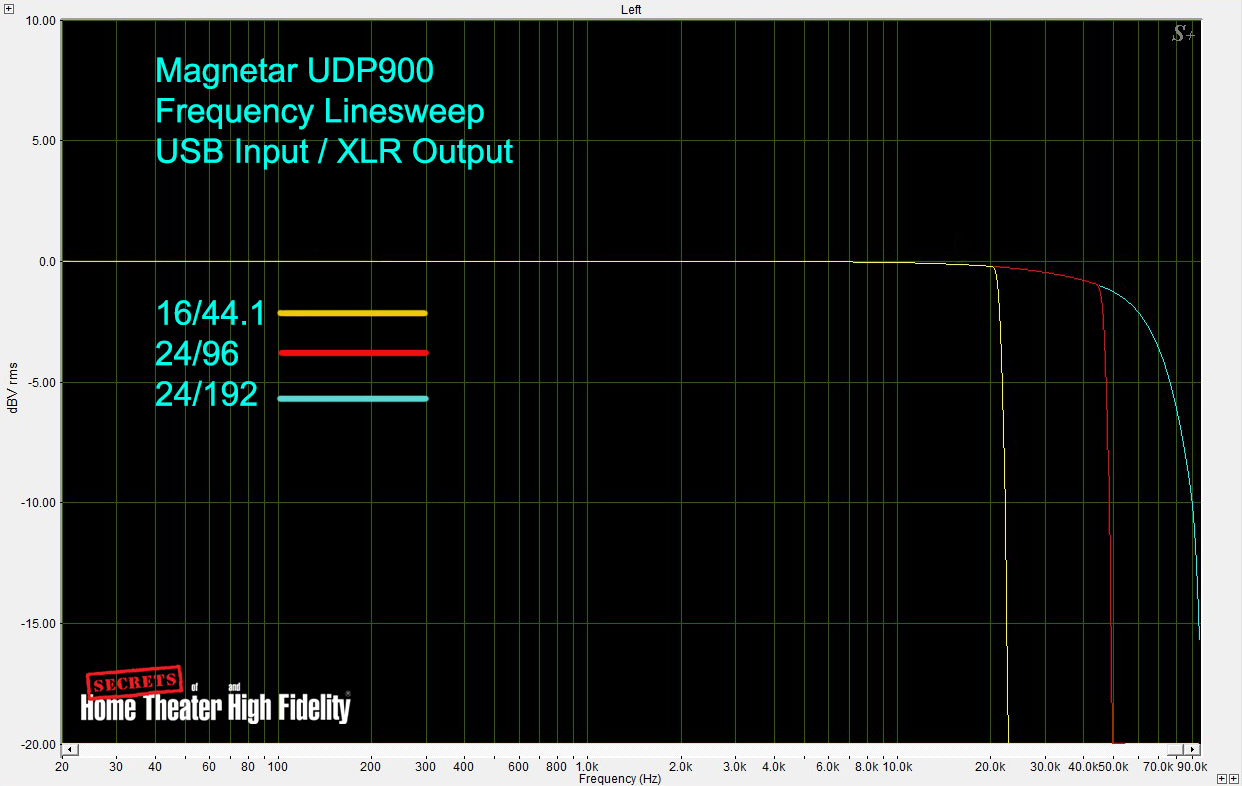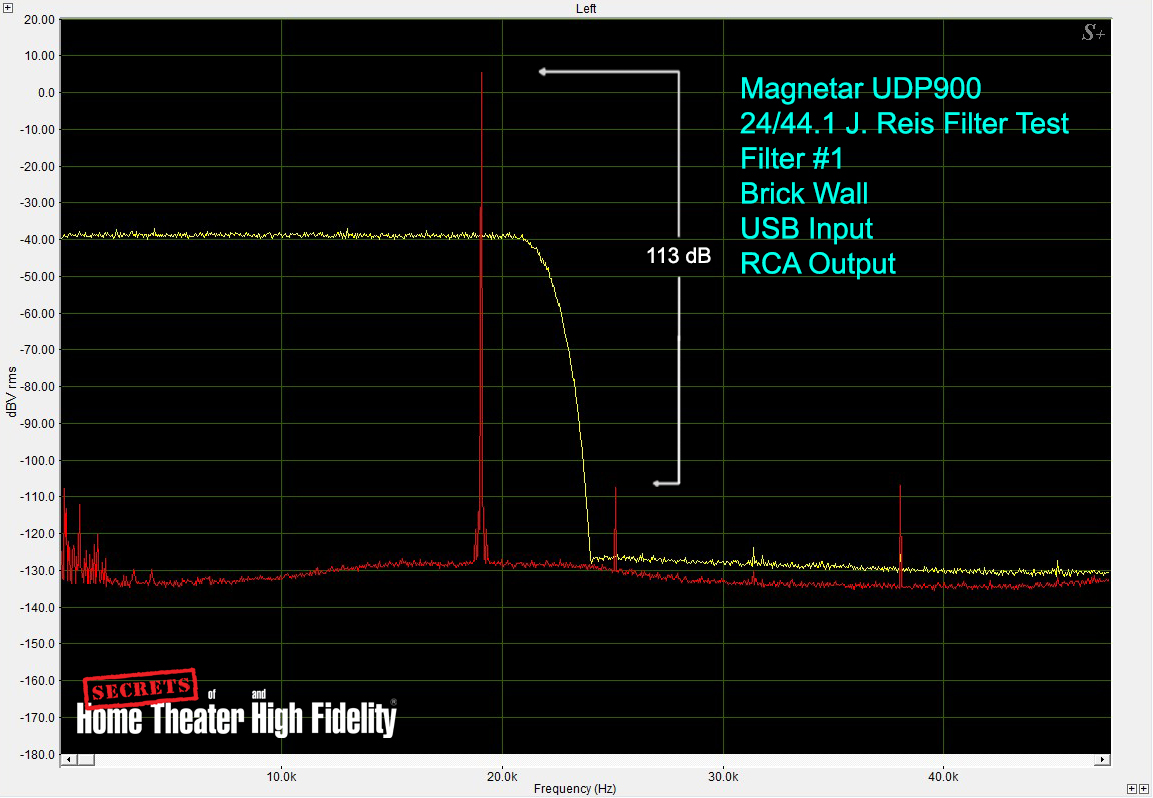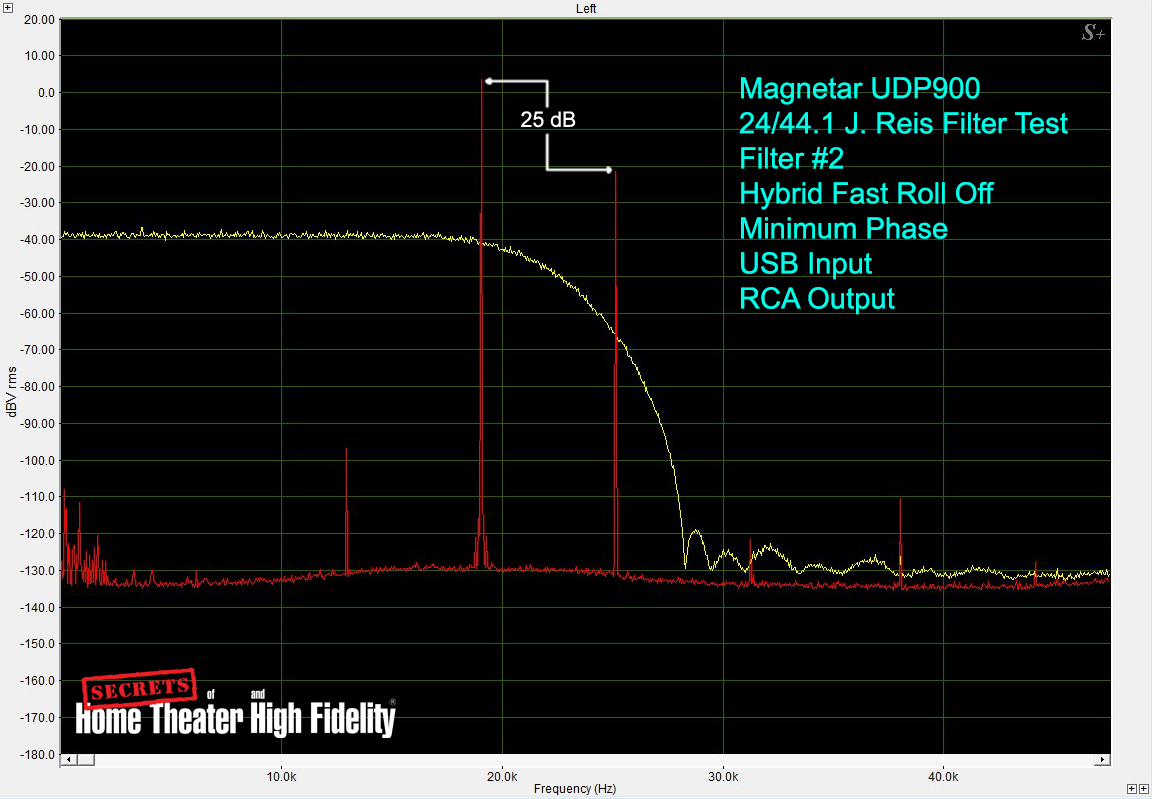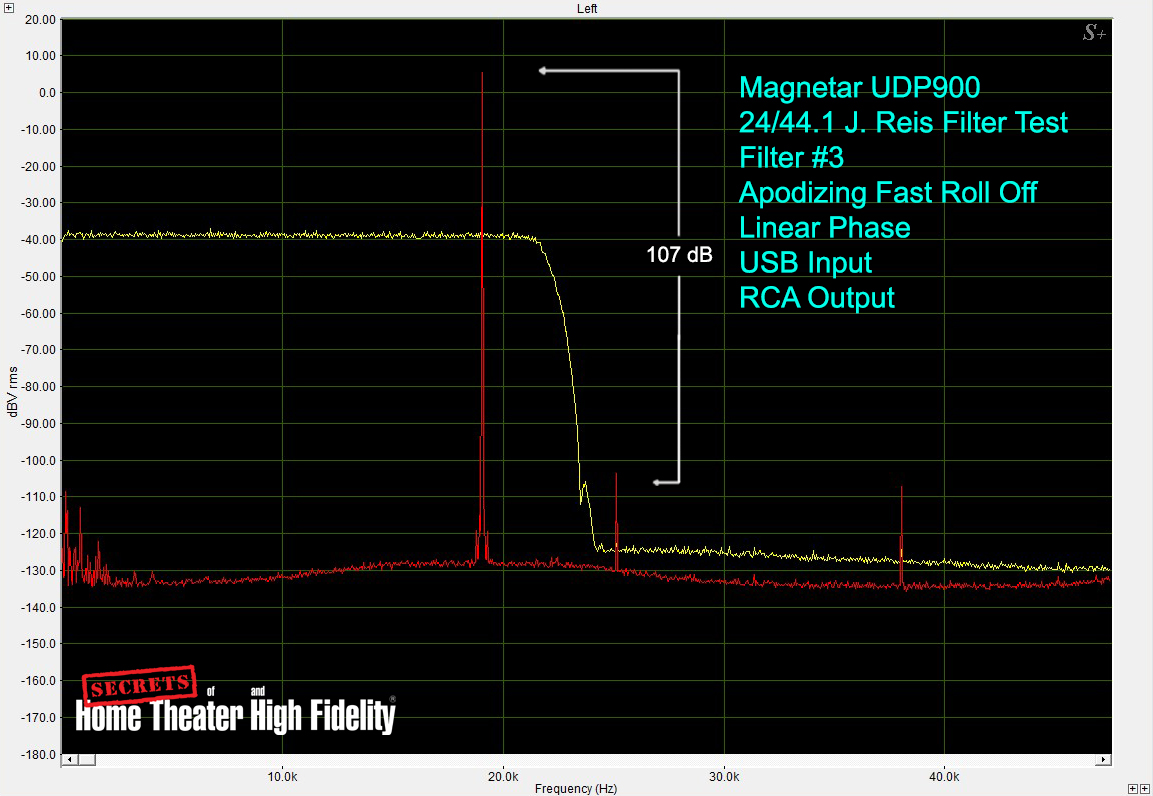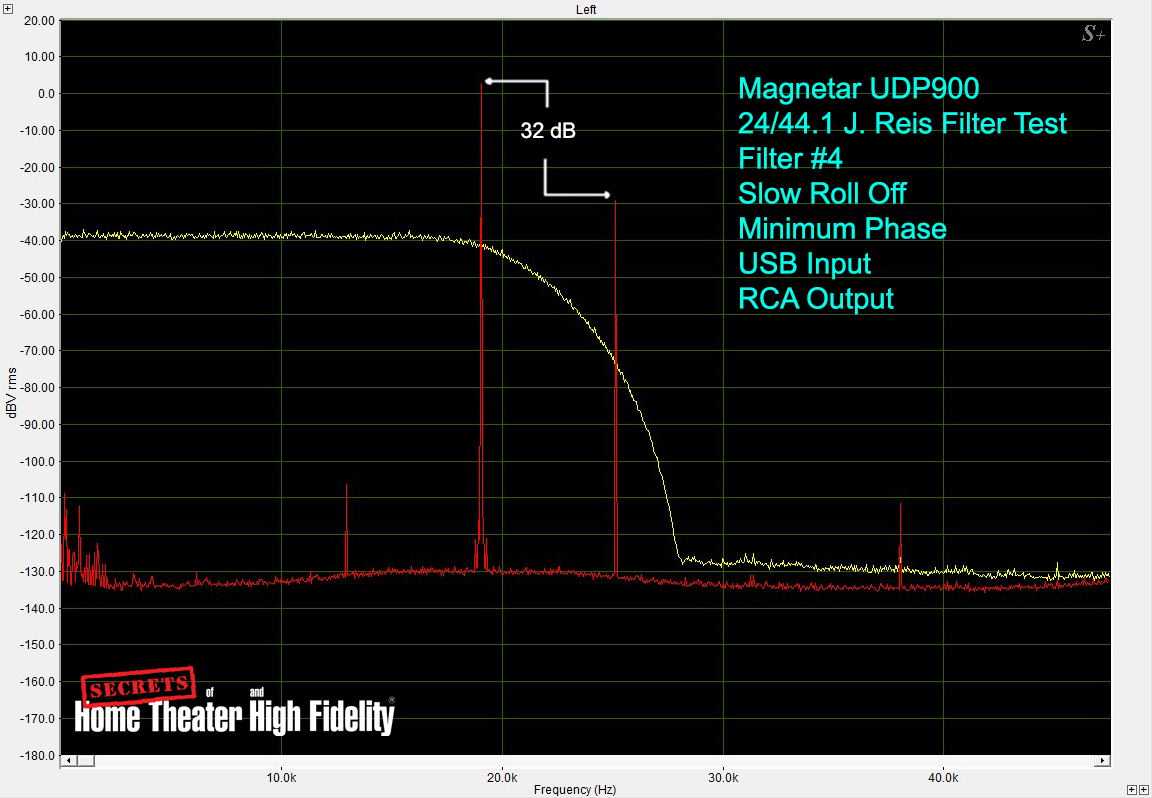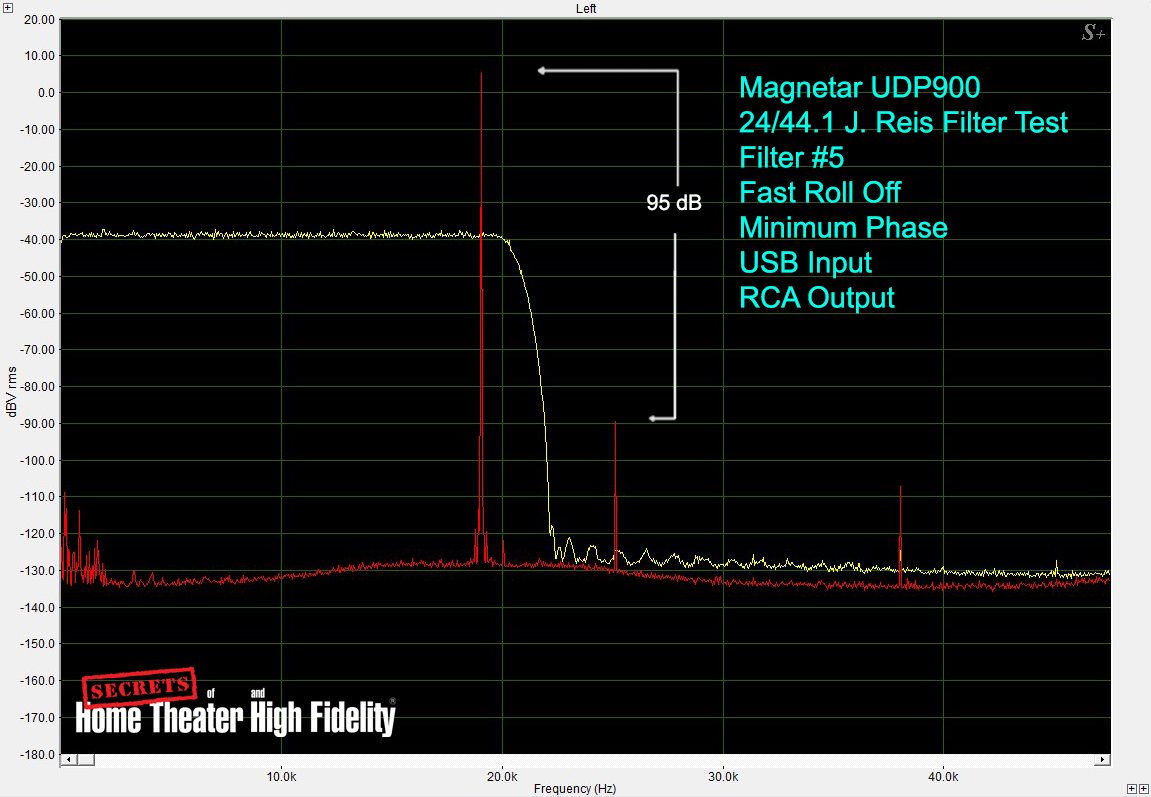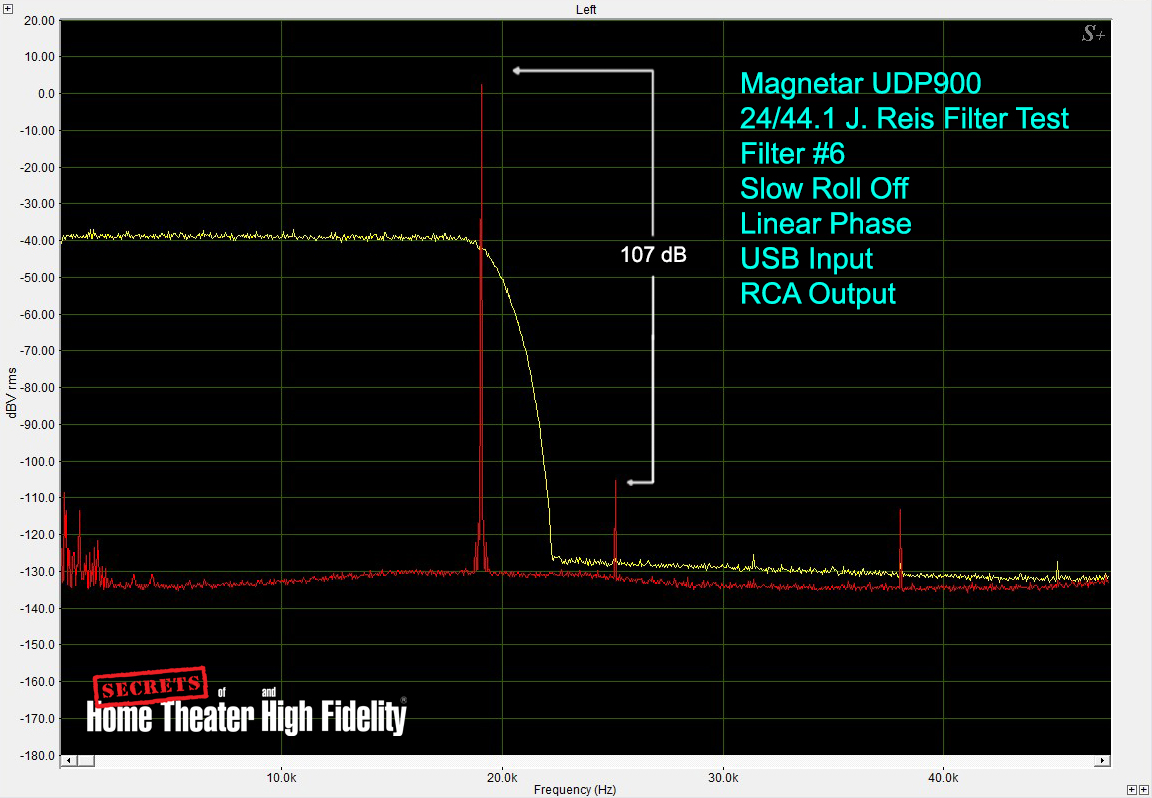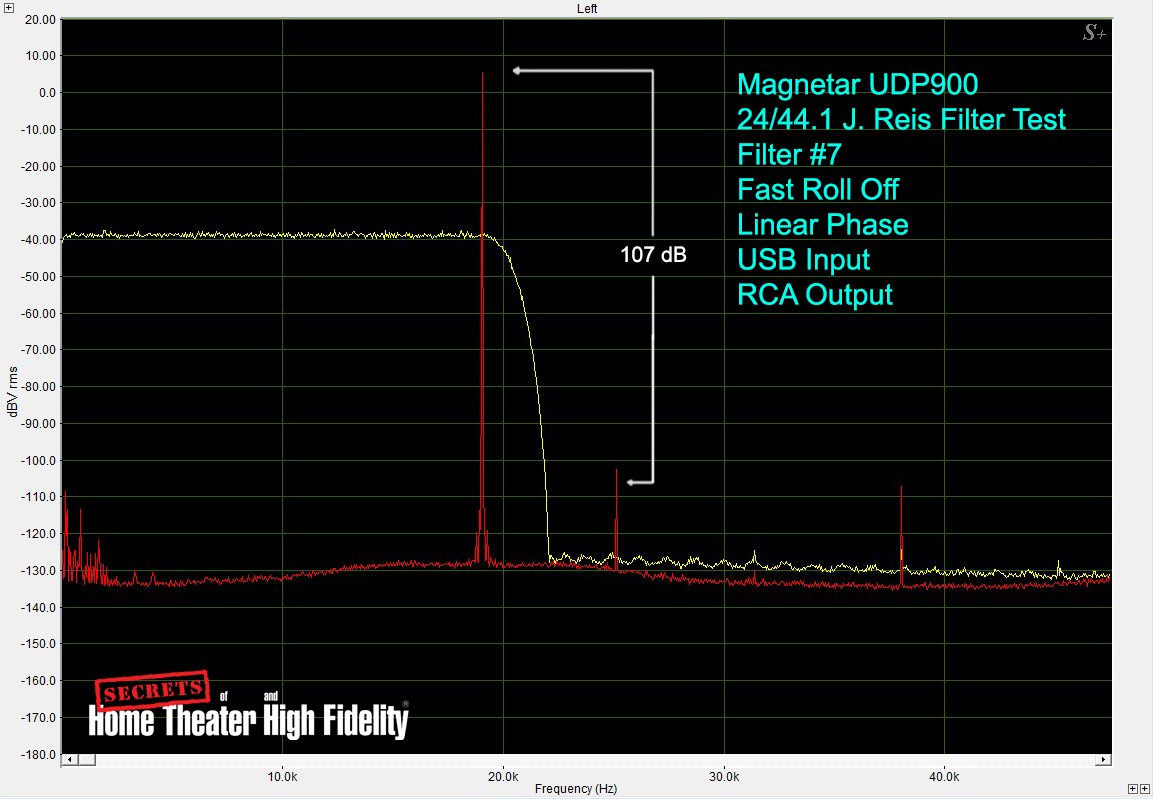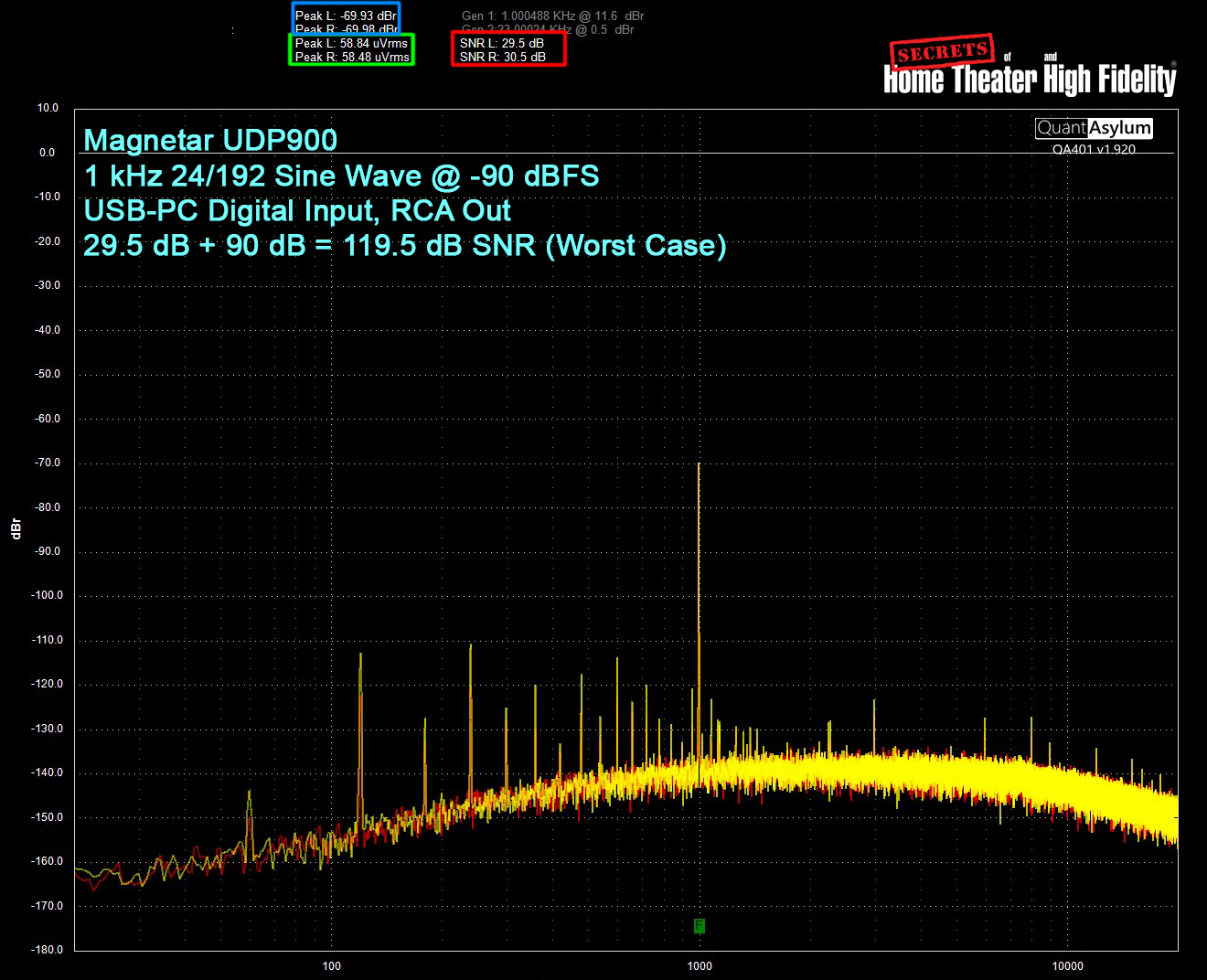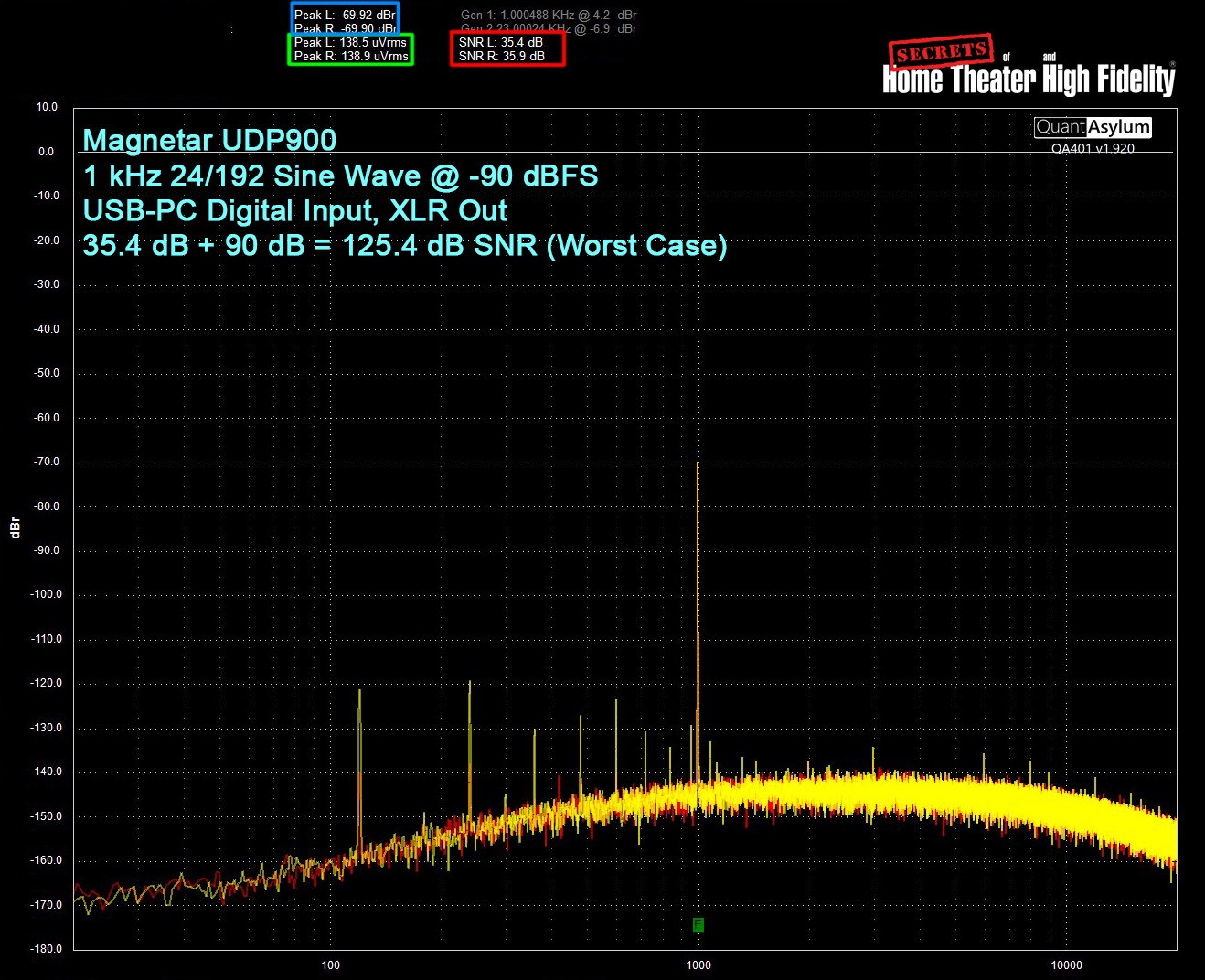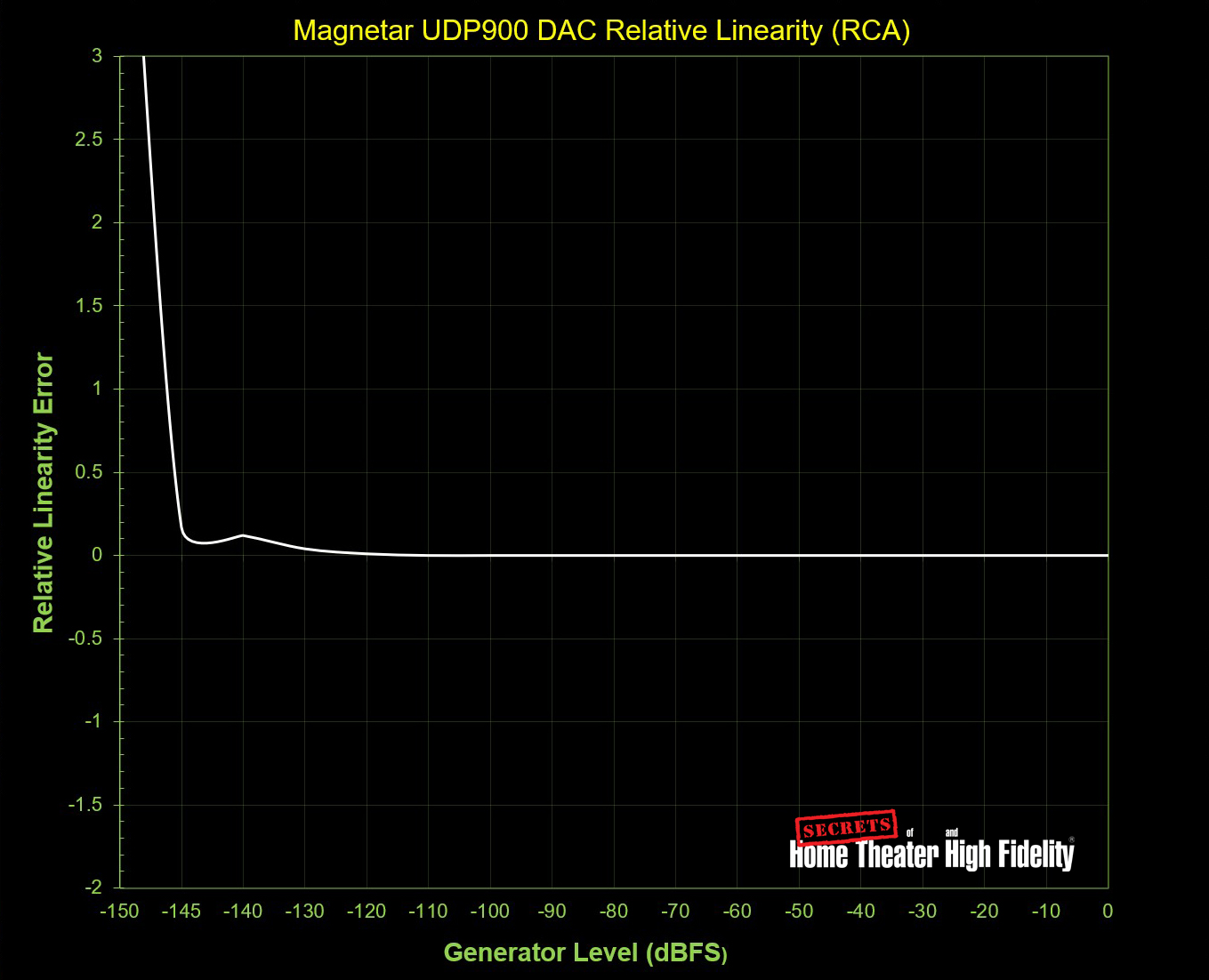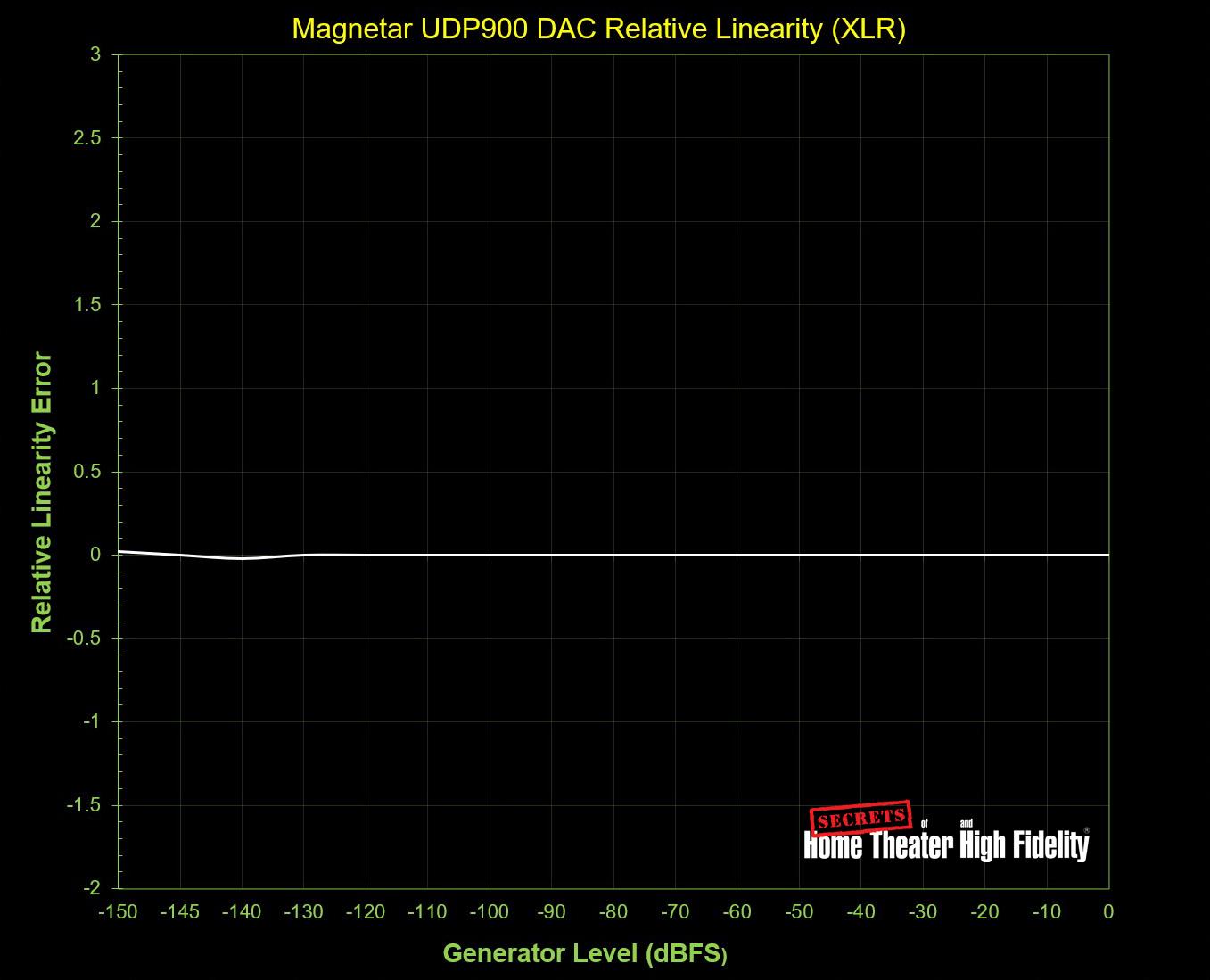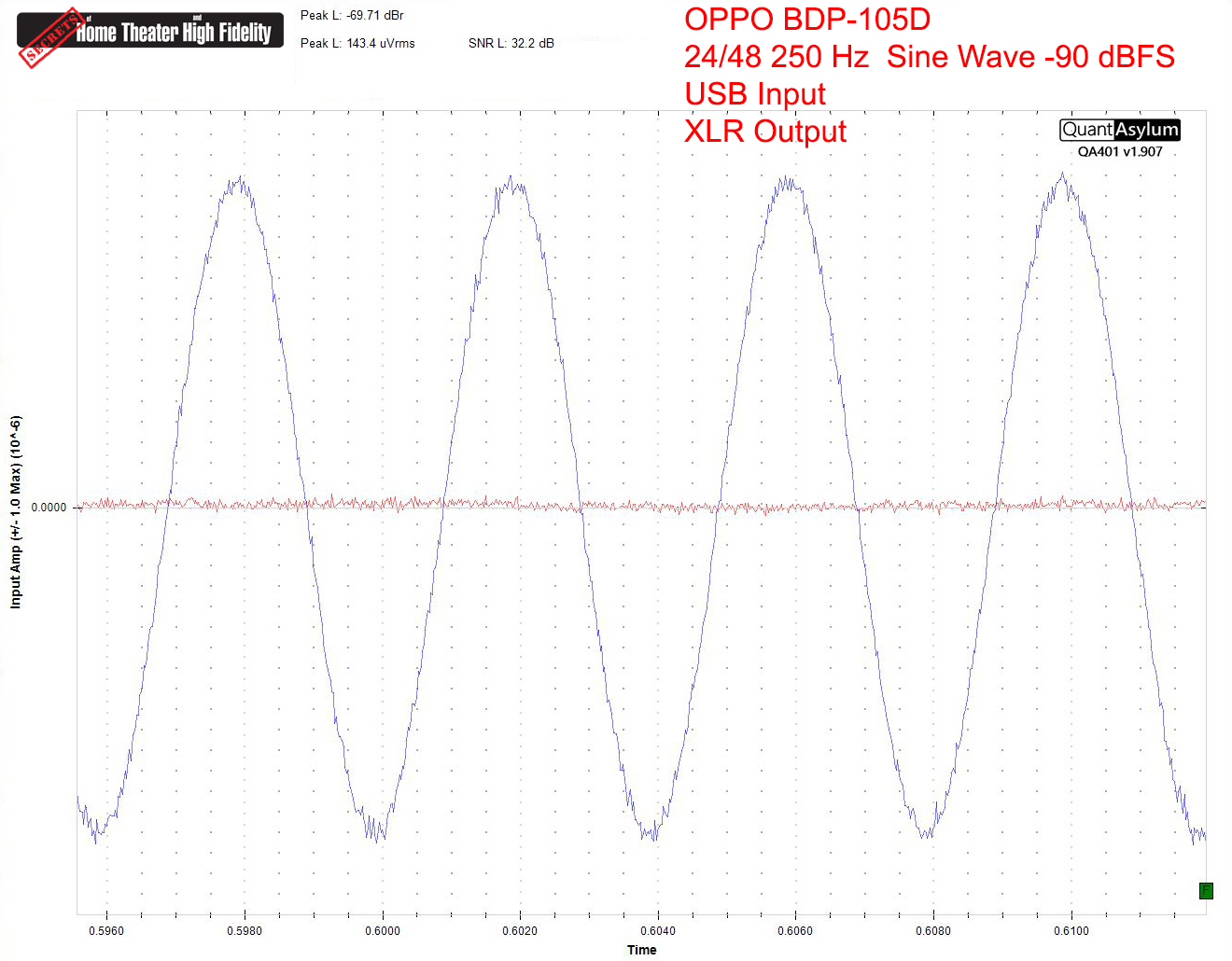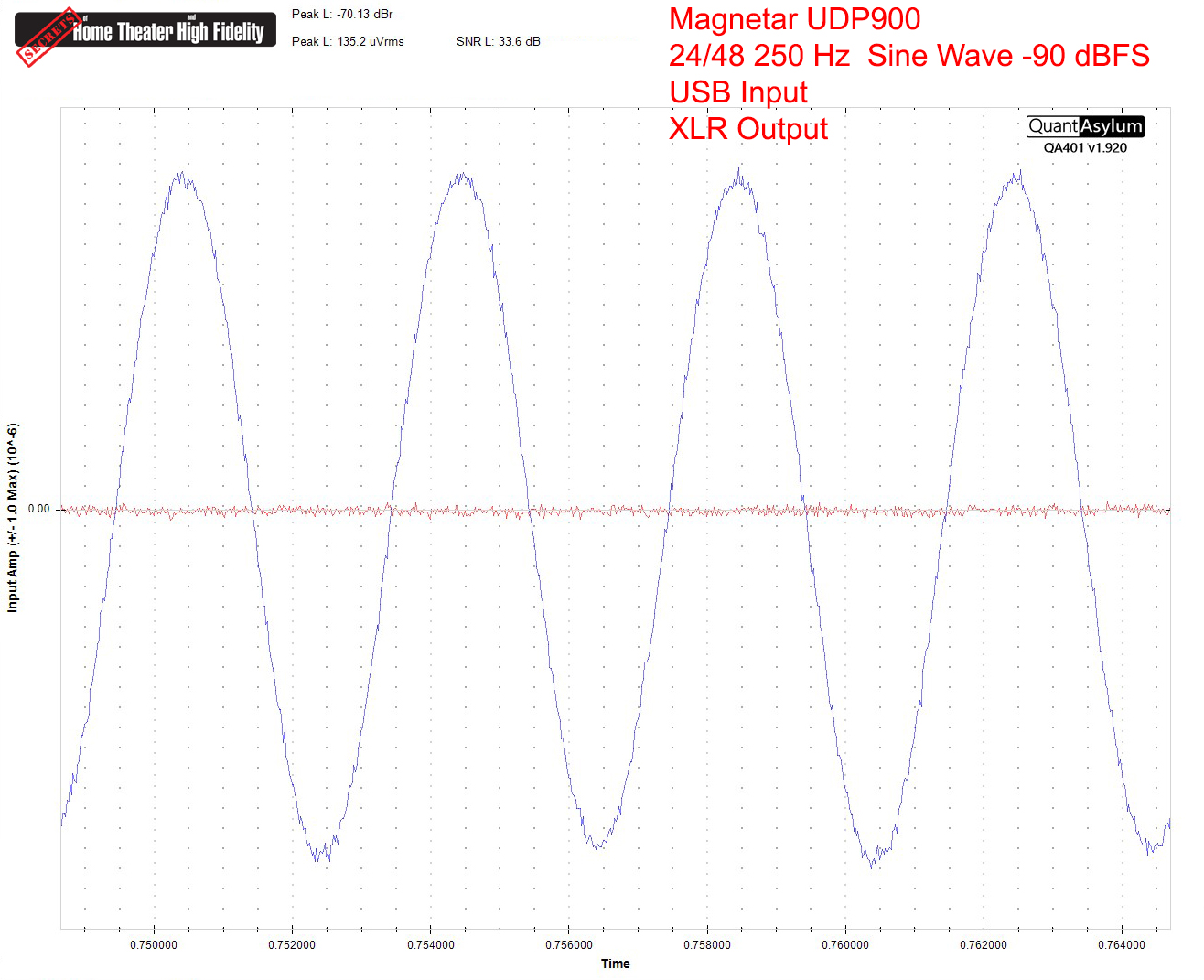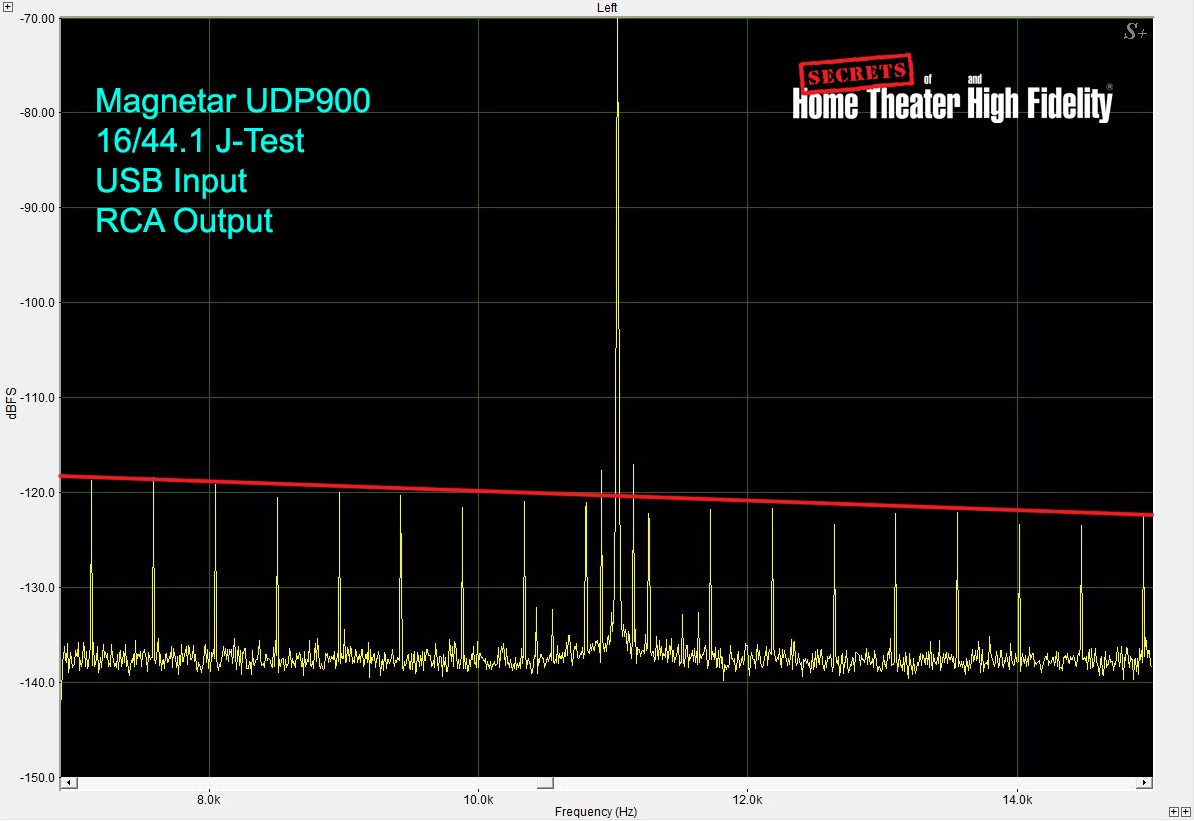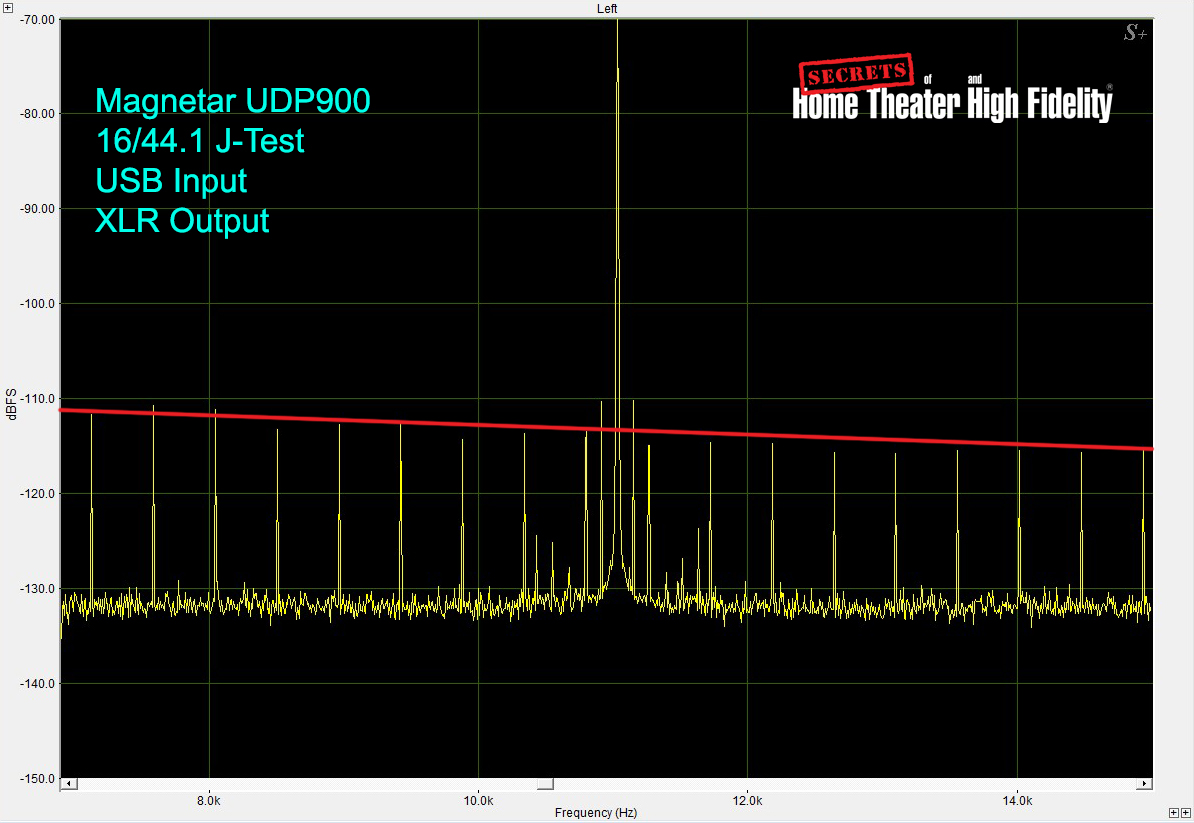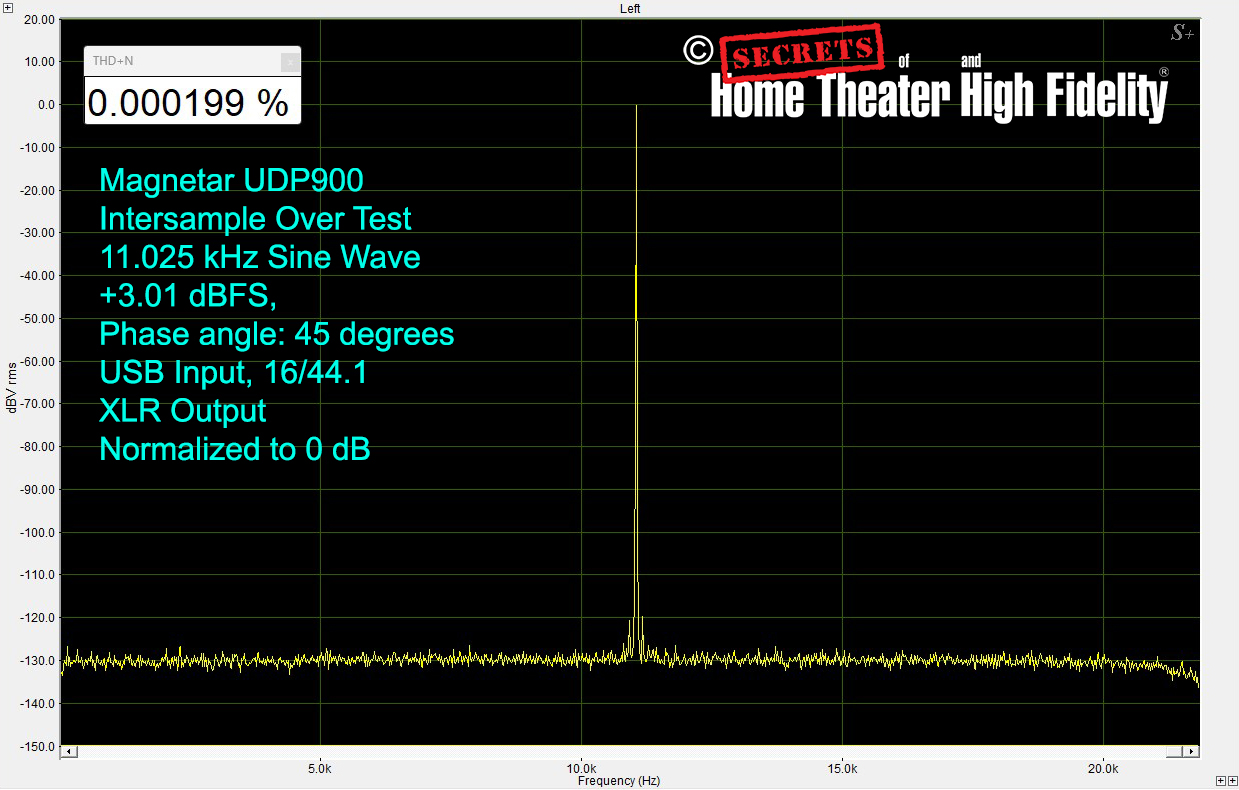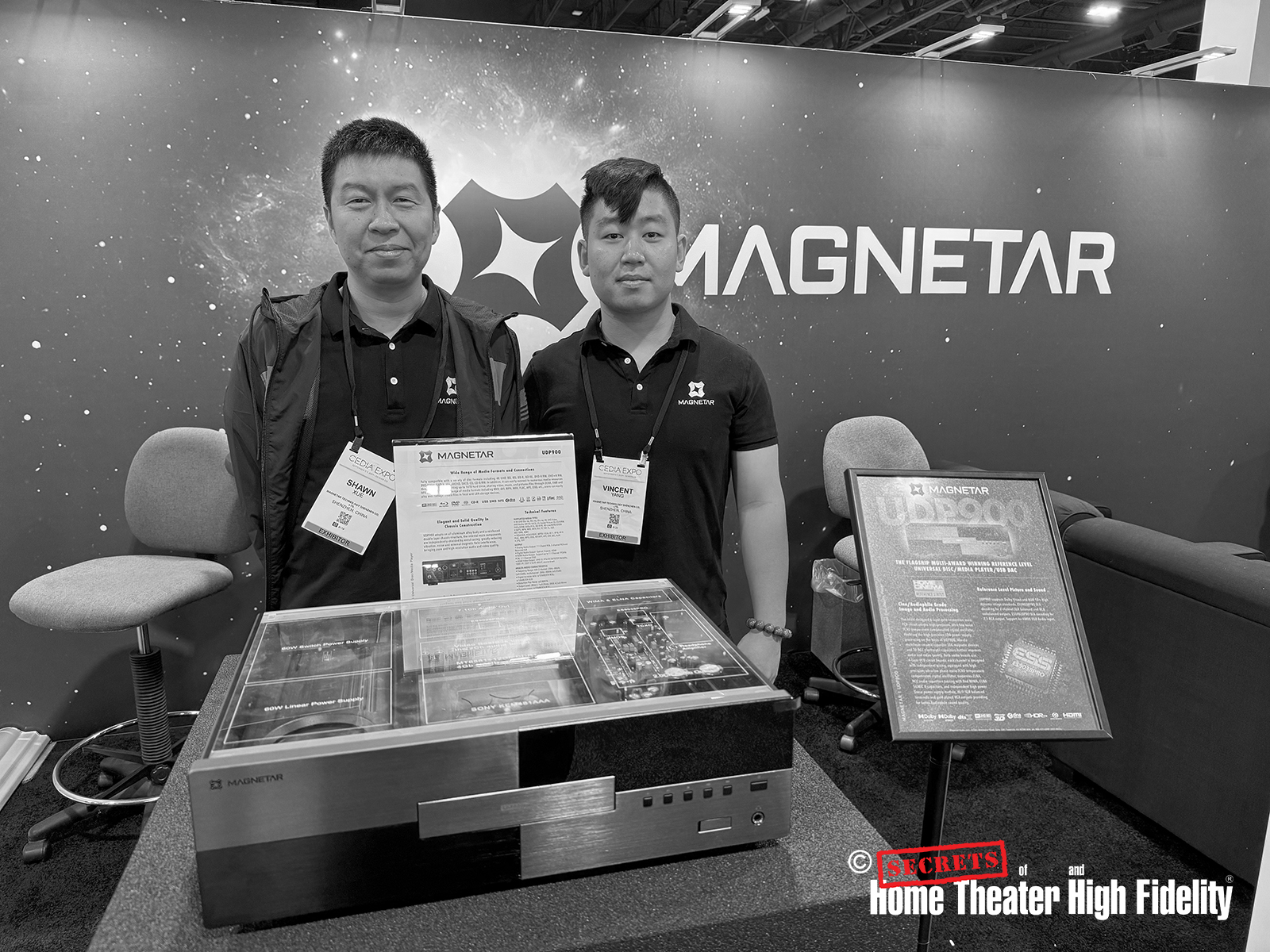The question is, is it any better?
The Magnetar UDP900 is a Universal Disc player that seemingly can do it all. 4K UHD Blu-ray, regular Blu-ray, DVD-Video, DVD-Audio, SACD (Stereo and Multi-channel), and a large variety of video and audio files that can be played from a local USB hard drive, thumb drive, or LAN drive. This scratches the surface of its feature set as it also has multi-channel analog outputs and is billed to have a high-end stereo analog output section with the commensurate audiophile component and build quality to match. It certainly seems to be jockeying for the title of “Only disc player you will ever need!”
Magnetar UDP900 Universal Disc Player
- Full 4K UHD Blu-ray and standard Blu-ray playback with Dolby Vision and HDR 10+ support.
- DVD-Video, DVD-Audio, SACD (Stereo and Multi-channel) disc playback.
- MKV, AVI, MP4, WAV, FLAC, APE, and DSD media file support.
- Dual HDMI Outputs. Can Bitstream DSD over HDMI.
- USB DAC input.
- All main internal components are independently shielded and isolated from vibration.
- ESS ES9038PRO DAC reserved for stereo analog output with both RCA and XLR jacks.
- ESS ES9028PRO DAC reserved for multi-channel analog outputs (RCA jacks only).
- Nice quality backlit remote.
- Overall build quality feels substantial. Playback functionality is brisk with all media tried.
- Strange, measured behavior through XLR analog outputs.
- Remote can access 7 digital filter options that are not mentioned at all in the user manual. Stumbled onto them by accident.
Magnetar is a relatively new company that has burst into the home theater scene and is working hard to fill the hole in the Universal Disc player market that was left by the departure of OPPO a few years ago. Although there have been recent announcements from both LG and Samsung on halting any further production of physical Blu-ray players, I for one am pleased to see Magnetar make a concerted effort to fill the physical player void. Some of us will not, nor ever, solely rely on streaming as their only video or music delivery system. Many of us have extensive disc collections in multiple formats that we intend to keep and enjoy. How many of us physical media stalwarts are there out there and are we enough in numbers to make a business case for companies like Magnetar to keep doing what they do? I have no idea, but I do think those predicting the death of physical media (whether video or audio) are a bit premature. People inherently like to own their favorite content, and as long as that basic desire exists, so will physical media.
The UDP900, which is the subject of this review, is Magnetar’s current flagship Universal Disc player, and its specifications read like the company has pulled out all the stops to produce a reference quality video and audio player. Our Mel Martin reviewed Magnetar’s step-down model the UDP800 a while back and he found it to be a very good performer, particularly if you stuck with an HDMI connection for all your video and audio to your AVR. I conducted the audio bench tests on the review and determined that the two-channel audio performance was not comparable to what OPPO had achieved with their BDP-105D before it ended production. The UDP900 looks to be a meaningful step up from the UDP800 on every level. Will this player be the new king of the hill and finally fill the void that OPPO left in this space?
Design:
Universal Disc Player
Supported Disc Types:
4K UHD Blu-ray, Blu-ray, Blu-ray 3D, DVD-Video, DVD-Audio, AVCHD-SACD, CD, Kodak Picture CD, CD-R/RW, DVD±R/RW, DVD±R DL, BD-R/RE, BD-Live/BONUSVIEW
Supported Video Formats:
M2TS, MP4, MKV, MOV, AVI, TP, TRP, TS, 3GP, ASF, OMG, WMW
H264/AVC, H265/HEVC, MPEG-1/2/4, VC-1, VP-8, VP-9, JPG, TIFF.
Supported Audio Formats:
FLAC, M4A, MP3, OGG, AIF/AIFF, APE, DSF, AAC, ALAC
Supported Audio Decoders:
Dolby Atmos, DTS:X
Outputs:
Analog Audio Output: 7.1 Chanel RCA, 2-channel RCA and Balanced XLR
Digital Audio Output: Optical, Coaxial, HDMI
HDMI Audio Output: Support up to 7.1 Channel 192kHz PCM, 5.1 Channel DSD
HDMI Video Output: UHD 23.976/25/30/50/59.94/60Hz, 1080 I/P, 720P, 576I/P, 480I/P, source direct.
Inputs:
PC-USB to use internal DAC chipset.
Ethernet
Analog Audio Characteristics:
Frequency Range: HIFI 2 channel: 20Hz~80kHz (±0.03dB); multi-channel: 20Hz~80kHz (±0.05dB)
Signal-to-noise Ratio: ≥120dB (2CH RCA); ≥130dB (2CH XLR)
Distortion Plus Noise: ≤0.0005%
Output Amplitude: (RCA) 2.1±0.2Vrms. (XLR) 4.2±0.4Vrms
Dynamic Range: ≥120dB (2CH RCA); ≥130dB (2CH XLR)
Channel Resolution: ≥110dB (2CH RCA); ≥140dB (2CH XLR)
Output:
Analog Audio Output: 7.1 Chanel RCA, 2-channel RCA and Balanced XLR
Digital Audio Output: Optical, Coaxial, HDMI
HDMI Audio Output: Support up to 7.1 Channel 192kHz PCM, 5.1 Channel DSD
HDMI Video Output: UHD 23.976/25/30/50/59.94/60Hz, 1080 I/P, 720P, 576I/P, 480I/P, source direct.
General Specifications:
Power Supply: AC 110-120V ~ 50/60Hz / AC 220-240V ~ 50/60Hz
Power Consumption: <40W, Standby<0.5W
Unit Dimensions: 445 x 321 x 133 mm
Unit Weight: 15.4kg (33.4 lbs.)
Accessories:
Backlit Remote Control
AC Power Cord
MSRP:
$2,999.99
Website:
Company:
SECRETS Tags:
Magnetar, udp900, universal player, blu-ray, sacd, dvd-A, reference
Secrets Sponsor
Right off the bat you can see, and feel, that the Magnetar UDP900 is built like a proverbial tank. Weighing in at just over 33 pounds, the unit features a thick aluminum front panel with aluminum side and top plates. These are attached to a reinforced double-layer steel chassis structure. The interior is divided into 3 chambers by two thick steel walls.
The left chamber is home to a shielded dual power supply design. A 60-watt linear power supply (with a toroidal transformer) is dedicated to the analog audio section and another 60-watt switch-mode power supply is reserved for the digital section. The middle chamber houses the Sony-sourced Universal Disc transport in front and the 7.1 channel analog audio output board in the rear. That 7.1 channel board has an ESS ES9028PRO DAC devoted to it alone. The right-side chamber has a substantial 2-channel audio output board with its own ESS ES9038PRO DAC at its core. This board looks like it could have easily come out of some audiophile DAC product as it is chock full of capacitors and devices from the likes of Murata, NCC, ELNA, WIMA, and Rubycon. The front area of this board has a high-quality headphone amplifier, backed by a robust capacitor bank and heatsinks. Underneath this board is where the video processing section is located. The video processing is handled by a MediaTek ARM MT8581 chip.
The rear panel of the Magnetar UDP900 has all the connections one could hope for in a high-end universal player. Starting from the left we have both XLR and RCA stereo analog audio outputs. Below those are the Ethernet jack, two HDMI output jacks (one is HDMI 2.0 spec for outputting both audio and video while the other is HDMI 1.4 spec for audio-only output), and a USB 3.0 jack for external drives. Next to this is a USB-B jack for computers and other devices to take advantage of Magnetar’s stereo DAC decoding. Below this is the serial RS-232 automation connection, coaxial and optical digital outputs (up to 24-bit/192 kHz), and the 7.1 analog audio RCA outputs. Finally, next to those, we have the grounded AC power cord connector and the master power switch.
The included remote control is rather elegant looking and feels weighty in hand. While it does feature backlighting, the buttons are small and of the same size with tiny graphics and text and the backlighting of all the keys is uneven.
This makes using it in a darkened room more difficult than it should be, and not very intuitive to learn. There are a bunch of audio and video parameters you can access directly via the remote (if you squint) including 7 digital audio filter choices that I accidentally stumbled upon by pressing a button marked “AUDIO P.” I found no indication of this feature in the online manual.
On the video side, the Magnetar UDP900 supports Dolby Vision, HDR10, and HDR10+ profiles for UHD HDR content, high-quality 4K upscaling from 1080p sources, several adjustable video and audio sync parameters via the settings menus, and the ability to play MKV video files from connected USB sources and network drives using DNLA or SAMBA protocols.
On the audio side, it will play just about any format encoded on a shiny silver 5-inch, or smaller, silver disc, including CD, SACD, DVD, DVD-Audio, and Blu-ray. Regarding audio file formats, it will read up to DSD128 stereo files and DSD64 multi-channel audio files, along with WAV, AIFF, MP3, FLAC, ALAC, and APE files too.
The UDP900 does not have access to any video streaming services like Amazon Prime, Netflix, Hulu, and others nor does it have an HDMI input to allow it to be used as a video source switcher like OPPO used to do with its later disc players. I doubt many would miss these kinds of features as these are more efficiently handled by modern smart TVs and other streaming components like Apple TV, Roku, game consoles, etc.
I had the Magnetar UDP900 set up in my home theater space for video and multi-channel audio evaluation using a single HDMI cable connection from the UDP900 to the processor/AVR in use. I later moved it to my 2-channel studio space to assess its analog stereo 2-channel performance using the balanced XLR and single-ended RCA outputs.
Some of the supporting equipment in the home theater at the time of evaluation were:
– Trinnov Altitude 16 processor
– Trinnov Amplitude 16 multi-channel amplifier
– Denon AVR-A1H AV Receiver
– 3 MoFi SourcePoint 8 for the L C R channels
– 2 Aperion Audio Versus V8S Tripolar Surround Speakers
– 2 SVS SB-16 Ultra Subwoofers
– 1 AV123 UFW12-HR Subwoofer
– 1 Chane Home Theater SS-18.1 Subwoofer
– Hisense PL1 UST Projector
– Screen Innovations 120-inch ALR motorized Screen
– Bridgee HDMI 2.1 Cables
– Spears & Munsil Ultra HD benchmark Discs
Supporting equipment in the 2-channel room:
– Benchmark AHB2 Power Amplifier
– Benchmark DAC3 B Digital to Analog Converter
– Benchmark HPA4 Preamplifier
– OPPO BDP-105D Universal Disc Player
– Revel F228Be Loudspeakers
– Dan Clark Audio AEON2 Noire X Headphones
Secrets Sponsor
From the aspects of aesthetics and day-to-day usage, the Magnetar UDP900 simply exudes quality. All the touch points are very much how you would want them to be for a reference-level component. The thing feels (and weighs) like a bank vault. The remote is also elegant and suitably weighty, feeling quite good in the palm of your hand. It also played every type of disc that I put in the tray: CD, DVD, Blu-Ray, 4K Blu-Ray, DVD-Audio, and SACD (stereo and multi-channel). It did so quickly and silently with nary a hiccup or pause to consider what its next course of action might be.
OPPO basically set the standard for disc player menu navigation years ago and the UDP900’s menu pretty much follows the same structure, which is a good thing. All features and actions are easily and clearly accessible via the menu.
The setup menu is comprehensive, allowing the configuring of video and audio parameters in detail. So, folks who like to dig in and explore all the settings as opposed to just keeping everything in “AUTO” mode should be suitably happy.
From a picture quality standpoint, I found absolutely nothing to complain about in the slightest. 4K UHD disc content looked incredibly detailed and appealing. Visuals from the BBC’s Planet Earth II and Blue Plant II discs were simply jaw-dropping.
Ditto for the 4K video demonstration content from the Spears & Munsil Ultra HD Benchmark discs. But this is all modern well-produced footage that one would expect to look amazing.
What bowled me over the most was how the player handled the Criterion Collection’s 4K release of Akira Kurosawa’s Yojimbo and Sanjuro. These black and white masterpieces, shot in 1961 and 1962 respectively, looked positively stunning on my 120-inch projector screen. The contrast, detail, and film-centric quality of the resulting image were simply beautiful.
The Magnetar’s upscaling quality also seemed to work very well when playing standard 1080p Blu-Ray. The Blu-Ray edition of the movie Pixels for example showed a remarkably artifact-free image on the projector screen. Enough that unless I had not known what the source was, I could have easily mistaken it for a native 4K presentation of the movie.
The player’s audio quality via HDMI was also excellent. I was able to bitstream stereo and multi-channel DSD from SACDs to the Denon AVR-A1H receiver and it decoded there without issue. A series of stereo and multi-channel DSD files (.dsf and .dff) from an attached USB drive were read and played back without any issues over HDMI.
Selections like the Philips multi-channel SACD of Sheherazade and the multi-channel DVD-Audio of King Crimson’s Discipline played and sounded phenomenally good.
So, how does the Magnetar UDP900 sound as a reference 2-channel analog music player? Well, that’s where things get interesting. If you jump ahead to the bench test results of this review, you’ll see that the UDP900 has some higher distortion coming out of its XLR outputs than my reference OPPO BDP-105D universal player. In some cases, the distortion from its XLR outputs measured even higher than what was coming out of its RCA outputs, which is highly unusual. In any event, after I saw the bench test results, I wanted to determine if I could hear a difference between the Magnetar and my OPPO player in actual use. As a side note, I use the OPPO BDP-105D as a reference because its measurements for a disc player with a high-quality 2-channel analog output are practically textbook. Its sound, when used in this manner, is completely uncolored which is what I look for. Others may classify it as cold or use some similar descriptor, but it gives me what is on the disc (or file) as it is, no more no less, and it measures better than some expensive standalone DACs that I’ve encountered so that’s why I use it as a touchstone.
For my experiment, I connected the XLR outputs of the UDP900 to a balanced input of my Benchmark HPA4 preamp/headphone amp, and connected the OPPO, in the same manner, to a second balanced input of the Benchmark. Using the input volume adjustment feature on the Preamp and a pair of identical SACDs playing at the same time through each disc player, I level-matched the volume of both sources via headphones while switching back and forth between inputs until they sounded identical in level. The digital filter settings were on the standard “Brick Wall” option for both players.
Listening to the identical SACDs of Nielsen’s Symphonies 3 and 4 performed by the London Symphony Orchestra simultaneously, both via headphones and later through loudspeakers, I was able to make some observations. As much as I wanted to “ding” the Magnetar for its objectively poorer measurement compared to the OPPO, the actual listening differences were quite subtle.
By headphones (Dan Clark Audio Aeon2 Noire X) the two players sounded essentially identical until we got into the high midrange and treble areas where the Magnetar exhibited just a touch more brightness with strings, flutes, cymbals, and the like. We are talking about subtle stuff here and that was after repeated back-and-forth switching playing through both symphonies to be sure. The next day I repeated the same test listening over speakers. Sitting 10 feet away I was even less sure as the sonic differences between the two players were barely discernable at all. At times I thought the Magnetar was a hint brighter but not by enough to be certain and the longer I listened, the closer the two players sounded to me. I could also determine no real differences in soundstage width or depth at all between either player. So, in a real-world sense, the two players sounded pretty much identical to me, and I could live with either as a reference 2-channel player. That being said, the Magnetar’s measurements still annoy me. Whether it translates into a real-world listening difference or not, I expect them to be better because, given the hardware involved, they “CAN” be. That may or may not matter so much to you. Repeating the same procedure using the RCA outputs on both players resulted in the same impressions on my part. Subjectively identical.
Speaking of headphone listening, the headphone jack included on the Magnetar is perfectly fine for listening to easy-to-drive headphones and should give you plenty of headroom with them. My Dan Clark Audio Aeon2 Noire X headphones were a little harder for the Magnetar to drive and I had to just about max out the volume control to get an acceptable listening level.
For THD and frequency response tests, I used my Lynx E22 professional soundcard teamed with SpectraPLUS measurement software. I used the Quantasylum QA401 analyzer and its associated software for sine wave analysis along with SNR measurements.
When measured with a voltmeter the following values were observed at the outputs when a 1 kHz, 0 dB test tone was applied: 1.93 Volts at the RCA outputs and 4.60 Volts at the XLR outputs, this was with the UDP900 digital volume set to maximum.
I used my Microsoft Surface 3 PRO tablet (running Windows 10 Professional) as the audio source. It was connected to the UDP900 via the player’s USB-B DAC input. I downloaded the appropriate Magnetar Windows ASIO driver and installed it on my tablet. I played custom-made test tones from my tablet using J.River Media Center as the player software. I cross-checked the USB-B PC results with test tones burned to a CD and DVD and ones played directly from a USB thumb drive and the results were as near as to be identical.
The player’s stereo DAC chipset consists of an ESS ES3098PRO 8-channel DAC (likely 4 channels ganged to the left and 4 channels ganged to the right to achieve lower distortion and better SNR) that generates both balanced and unbalanced stereo outputs. The included multi-channel analog outputs (7.1) on the UDP900 are served by the ESS ES9028PRO 8-channel DAC chipset. The following measurements only relate to the stereo analog outputs of the Magnetar UDP900.
16-Bit 44.1 kHz Tests
Here we have the first of the 16-bit 44.1 kHz tests. Beginning with a 1 kHz test tone at 0 dBFS gives us a reported THD+N of just under 0.0061%. This was using the RCA outputs and at 2 VRMS, and we see it is much improved over the Magnetar UDP800. The 2nd order harmonic is 113 dB below the fundamental while the 3rd order harmonic is 84 dB below the fundamental.
Repeating the same test using the XLR outputs at 4VRMS gives us a THD+N of 0.0086%. While this is still better than the results from the same test on the Magnetar UDP800, these are worse than the UDP900 RCA results above. There are more harmonic distortion spurs and the noise floor and THD are higher than in the RCA results. This is somewhat the opposite of what we usually see.
David Rich Notes:
I see more THD on the XLR. The RCA appears to have power line issues mixed in. RCA has no 2nd and a tiny 3rd, then low-level harmonics higher up with noise around them.
For comparison, these are the same tests conducted on the OPPO BDP-105D via its RCA and XLR outputs. Notice the almost complete lack of distortion spurs with the 2nd and 3rd-order harmonics appearing at 125 and 120 dB below the fundamental. THD+N registers at a minuscule 0.00043% and 0.00016% respectively.
The remainder of the measurements were taken from both the RCA and the balanced XLR outputs for comparison.
A 16/44 10 kHz sine wave at 0 dB produces (RCA outputs) a THD + N of 0.0005% which is very good overall. There is barely any 2nd order harmonic at 20 kHz.
A 16/44 10 kHz sine wave at 0 dB produces (XLR outputs) a THD + N of 0.00123% which is twice as high as the RCA results. Unusual.
The 19 and 20 kHz test tones at -6 dBFS produce superior results through the RCA outputs and poorer results through the XLR outputs. The XLR results show several additional sidebands and distortion spurs that just shouldn’t be there.
24-Bit 96 kHz Tests
Moving to the 24-bit /96 kHz tests, I will show both the RCA and XLR output results from each test. In each instance, you will see that the XLR results are consistently worse than the RCA results. In normal operation, this should not be the case. The XLR results even show a higher noise floor than in the RCA which is especially strange.
David Rich notes:
Interestingly the strange high-order harmonics mixed with noise are gone here compared to 16bits even with a much lower noise floor.
Here is the same test conducted on the OPPO BDP-105D via the XLR outputs. Much cleaner with far lower THD+N and all harmonic spurs are below the threshold of audibility.
David Rich notes:
XLR or RCA. The Magnetar UDP9000 has higher levels of distortion at both outputs. One is bad, the other is worse.
Note the lower noise floor OPPO surpasses anything coming out of the Magnetar.
A 10 kHz tone of the same bit depth, sampling, and output level through both the RCA and XLR jacks shows a higher THD+N, a higher noise floor, and higher levels of harmonic distortion through the XLR outputs which is unusual.
The 19 and 20 kHz dual-tone tests at 24-bit/96 kHz with a -6 dBFS level essentially continue to illustrate the unusually poor performance from the XLR outputs when compared to the very good performance from the RCA outputs.
Here is the same 19 and 20 kHz dual-tone test on the OPPO BDP-105D. Again, much cleaner spectra overall with distortion spurs and harmonics below the level of audibility from the XLR outputs.
24-Bit 192 kHz Tests
David Rich notes:
The noise shaping rise above 48 kHz is not audible and we’ve confirmed the same behavior in the ESS DAC from the OPPO BDP-105D
Above are the same three series of tests but done at 24-bit/192 kHz. The results for them are almost the same as the 24-bit/96 kHz tests but extended out to 96 kHz response. Again, the results from the RCA jacks outperform what comes out of the XLRs.
Here are the results for frequency line sweeps performed at 16-bit/44.1 kHz, 24-bit/96 kHz, and 24-bit/192 kHz. The frequency response of the Magnetar UDP900 at 16/44.1 is dead flat to 20 kHz. At 24/96 it is down by only 1 dB at 48 kHz before beginning to roll off. At 24/192 it is down by 3 dB at 70 kHz and down by 10 dB at 90 kHz before dropping off. This is an excellent performance.
Digital Filter Tests
The following digital filter test, first suggested by Jurgen Reis of MBL Germany and used by John Atkinson of Stereophile, is designed to give us a look at the type and performance of the digital filter(s) that a given DAC uses. Unique to John Atkinson’s presentation is applying the Reis white noise only in the left channel. In the right channel is a 19 kHz tone. This tone will produce reconstruction spurs if the digital filter is not sharp enough to attenuate them. The UDP900 has seven digital filter choices that are surprisingly not spelled out in the user manual. I just happened to stumble upon them while exploring the remote control. The Brick Wall option (Filter # 1) provides the best technical performance of the available choices.
SNR Measurements
SNR measurements were done using the QuantAsylum QA401 Analyzer. Using a -90 dB 1 kHz test signal, we determined the digital SNR (A-Weighted) of the Magnetar UDP900 to be 119.5 dB from the RCA outputs and 125.4 dB from the XLR outputs. Converted to bits that means the UDP900 can resolve 19.5 bits (RCA) and 20.5 bits (XLR) respectively. This is one of the few measurements where the XLR output performance is as it should be. For the sake of comparison, we’ve measured the SNR from the OPPO BDP-105D as being 120.08 dB (RCA) and 124.28 dB (XLR) worst case.
David Rich notes:
The Magnetar produces very strange results. The SNR is much better from the XLR output, which is possible given the lower signal level out of the RCA.
The really strange thing is what we saw above. The THD is worse out of the XLR.
I have considered what sort of circuit on the analog side could result in this flip between distortion and noise between the two inputs, but I cannot come up with an explanation.
DAC Linearity
The above graphs show the relative linearity performance of the UDP900 through both the RCA and XLR outputs. The ES9038PRO DAC architecture shows excellent performance in both cases with the XLR showing superior extended resolution into the noise floor, as should be expected.
This is a time-domain plot of a -90 dBFS 250 Hz sine wave applied to the OPPO BDP-105D on the left channel. It is included here as a reference. The self-noise of the QA401 spectrum analyzer in time-domain mode is shown on the right channel as it is grounded. While obviously not a perfectly smoothly rendered sine wave, it is still incredibly complete for such a low signal level. This is the best result we have gotten so far from any disc player and it is better than several standalone DACs; hence it’s used as a reference point. The BDP-105D has a signal-to-noise ratio of 122 dB without weighting which is what is shown. It had 124 dB with A-weighting which we used in the SNR measurement. As with the SNR, what is displayed here is relative to the waveform’s amplitude of -90 dB so what is shown is 32 dB. The signal level is 143 uVRMS.
Here is the same plot for the Magnetar UDP900. The result is slightly superior to that of the OPPO reference unit. The amplitude of the signal is a little lower at 135.2 uVRMS. You can see how the Magnetar’s plot is pretty much identical to the OPPO’s. Its SNR, relative to the -90 dB amplitude of the test tone, is higher at 33.6 dB. Another one of the few measurement results that is superior through the XLR outputs.
The above spectrum is the Julian Dunn J-Test for jitter at a sampling rate of 44.1k samples/sec. The test is close to an 11 kHz tone at –3 dBFS down and is a small, low-frequency square wave that creates activity in the PCM data which makes it harder for the clock recovery circuit to produce a clock without some phase noise. I used a 16-bit test tone generated by REW introducing the square wave at an amplitude of the smallest level possible for 16-bit data which is called the least significant bit. An excellent explanation of the J-Test and the spurs the test produces can be found here.
John Atkinson identifies the spur’s amplitude and frequency of the J-Test in the absence of jitter. John then comes up with an innovative line to be placed on a spectrum of the analog output of a DAC box which is reproducing the J-Test. Any spur below the line is inherent in the test and not from the DAC box.
As can be seen, the jitter of the Magnetar UDP900 is largely below the limits of the test except for the two sidebands that are right up against the fundamental tone. The number of small residual spurs between the lines are most likely jitter spurs from the UDP900 and not the ADC we use to translate the signal back to digital to produce the spectrum.
While the previous jitter test was taken from the RCA outputs. The same test from the XLR outputs showed the same results but with a 10 dB higher noise floor and overall level, which was unusual.
The Intersample Over Test was inspired by John Siau at Benchmark Media Systems. It consists of using an 11.025 kHz tone with +3.01 dB signal peaks occurring at a phase angle of 45 degrees from the sample clock. This puts the maximum waveform peaks (higher than 0 dB) between the digital samples. According to Siau, “If audio peaks always fell exactly on a sample, there would not be an intersample overload problem. Obviously, musical peaks rarely fall exactly on a sample and most often fall somewhere between samples. This means that most recordings will have peaks that are over 0 dBFS if the highest sample values are just reaching 0 dBFS.” This condition is more prevalent in 16-bit/44 kHz CD recordings and lower bitrate, lossy formats like MP3, and can produce DSP overload problems in DACs. A textbook DAC should decode the Intersample Over test tone, with no additional noise or spurious tones, showing only the 11 kHz tone. A Benchmark application note goes into much greater detail with figures.
The above image is the Intersample Over Test on the Magnetar UDP900. The result also shows an absence of noise or spurious tones indicating that the UDP900 decodes and processes the test tone correctly.
Summary:
The objective results of the analog stereo audio output of the Magnetar UDP900 are significantly superior to the UDP800 in all respects. What is unusual is that all the distortion measurements for the UDP900 show demonstrably poorer performance through its XLR outputs than its RCA outputs. This is exactly the opposite of what one would expect. In almost all other cases I’ve seen, the XLR outputs of a component typically show much cleaner distortion results and better noise rejection than RCA outputs do. There is enough difference between the results that this does not look like an intentional design objective or some sort of sound tuning.
The SNR and DAC relative Linearity behavior on the other hand measures better through the XLR jacks as one would expect. Which makes the overall results even stranger. There was also no mention in the user manual about the seven different digital filter choices available which I stumbled across by accident.
The Magnetar UDP900 has the potential to be the best-quality Universal Disc player available. Its SNR and dynamic range performance is superior to my reference OPPO player. The distortion performance from the RCA outputs is very close with just a little too much 3rd order harmonic distortion which might give the UDP900 a bit of a bright, occasionally edgy sound in certain cases. The XLR distortion performance is what lets the player down from an objective standpoint.
The Magnetar UDP900 is the absolute best universal disc player on the market today, bar none. If a couple of minor rough edges were polished up, it would be a proper OPPO replacement.
- Stellar build quality and operation
- Flexibility and compatibility are excellent.
- Superb digital video and audio quality
- Stereo analog audio quality is subjectively excellent.
- A remote that feels as good but with better usability and ergonomics.
- Better measured analog audio performance
- More informative and detailed User Manual
The Magnetar UDP900 is pretty much one of the most complete and advanced physical disc players out there at the moment. It will play pretty much any 5-inch silver disc out there, whether in stereo or multi-channel. Its video reproduction and upscaling features are superb, and it will hold its own quite well as a high-end stereo analog disc player when you want it to. It looks good and is built like it will survive the next apocalypse. It is responsive and quick to remote commands as is the playback of any disc or file I tried, and it will play back a whole slew of different audio and video file formats to boot. Yes, the remote has some ergonomic and usability challenges, the measured analog audio performance could be cleaner (differences are barely detectable, by ear though), and the owner’s manual needs to be more informative (no mention of the digital filter options, among other things). Otherwise, as of this moment, it is the top of the heap when it comes to video and audio disc players. If you don’t need the higher-quality stereo analog outputs or multi-channel analog outputs, Magnetar’s UDP800 will probably be better suited for you, and less expensive. If you don’t care about SACD or DVD-Audio playback the Panasonic UB9000 is another viable option. If, however, you want the absolute best and most flexible of this type of component, look no further.
Note: The author would like to thank David Rich for his invaluable assistance in this review.


